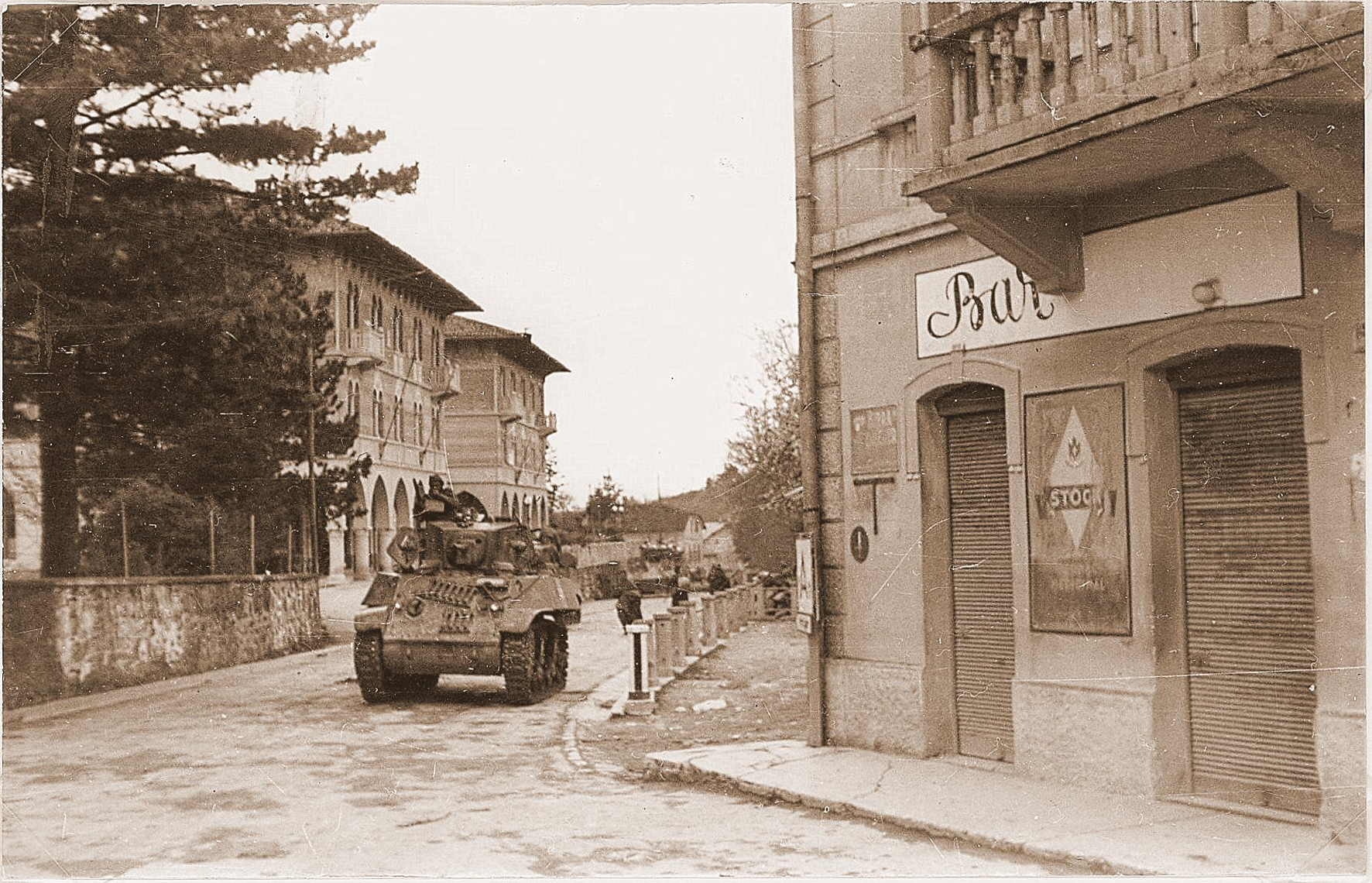In autumn 1943 the Partisan units shattered during the German offensive began to be rebuilt and new units were gradually formed. Conditions for the operation of Partisan units were good in the Brkini and Ilirska Bistrica areas, while conditions in Slovene Istria were different. Lack of forest and the good visibility afforded by the hilly terrain, combined with a dense network of roads and enemy posts – all this meant that operations in this area were limited to small units carrying out minor actions. On 18 September 1943 the area was separated from the framework of operations of the Primorska military leadership and, until the end of December 1943, placed under the command of the 14th Division and the 7th Corps. At the end of January 1945 it once again came under the Primorska command – now the 9th Corps. Recruits from Slovene Istria and the Brkini also augmented the units of the 7th Corps in the Dolenjska and Notranjska regions.
Around 1,200 fighters from Slovene Istria, the Brkini Hills, Vremska Dolina and Ilirska Bistrica fell on battlefields in the region and across Yugoslavia.
Oparational units
The ISTRIAN DETACHMENT was established gradually. Initially, on 7 and 8 October 1943, the greater part of the staff and one battalion were formed. The 1st Battalion was established between 15 and 20 October and the 2nd Battalion a month later. The 3rd Battalion was formed towards the end of 1943 in Dol pri Hrastovljah from the fighters of the former 1st Istrian Brigade and the Trieste Brigade, and named after the fallen commander of the Trieste Brigade. It was incorporated into the Istrian Detachment on or before 10 December 1943. The detachment’s functions were to gather weapons, munitions and equipment, mobilise, protect and deploy recruits and weapons, destroy road communications, attack the enemy and protect the civilian population. It operated in Slovene Istria (occasionally) and in the Brkini Hills. On 6 September 1944, following a reorganisation, it became the 4th Battalion of the 9th Brigade of the 18th Division, and then on 27 January 1945 was incorporated into the 30th Division as the 4th Battalion of the Basovizza Brigade.
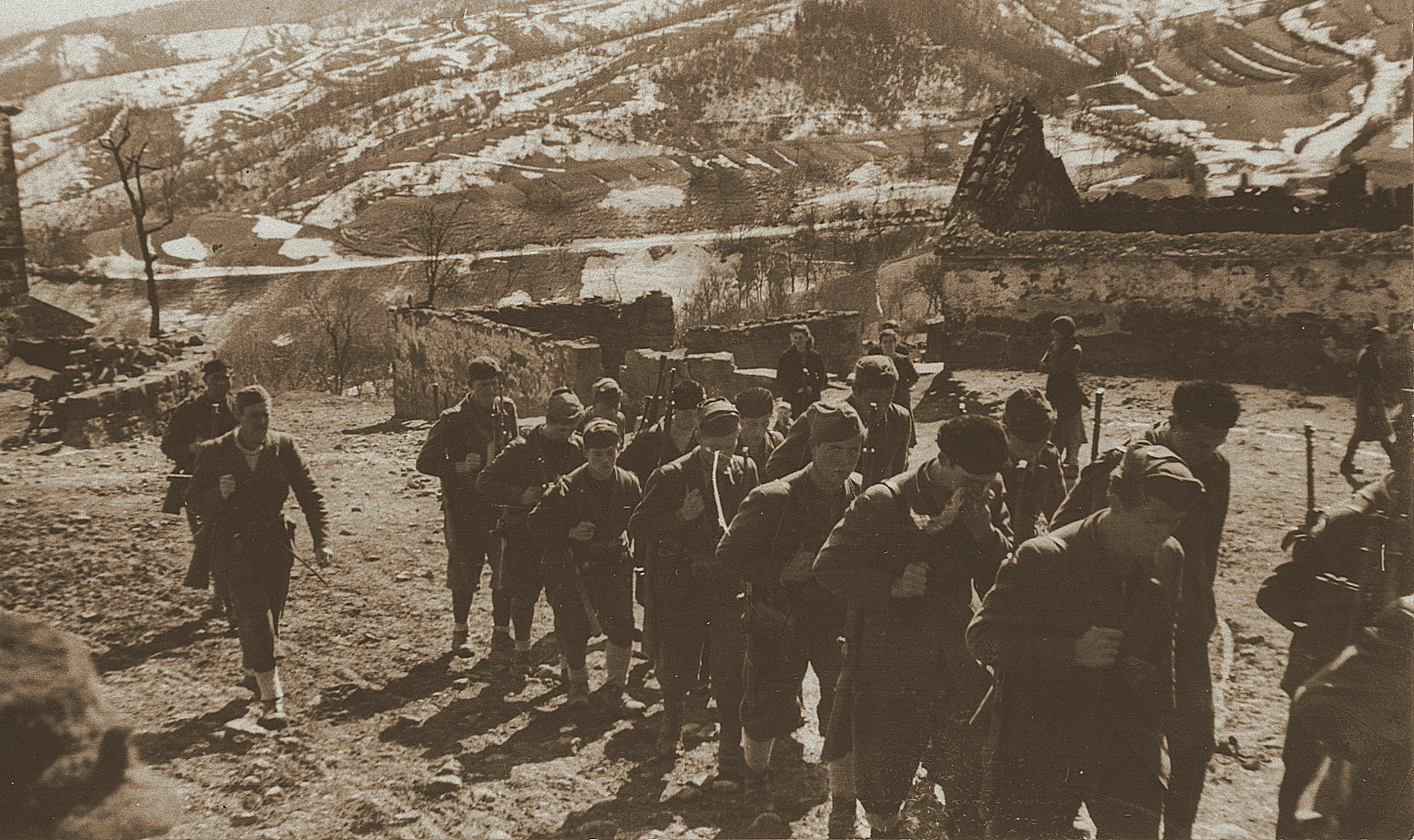 Fighters of the 3rd Battalion of the Istrian Detachment arrive in Kozjane in March 1944.
Fighters of the 3rd Battalion of the Istrian Detachment arrive in Kozjane in March 1944.
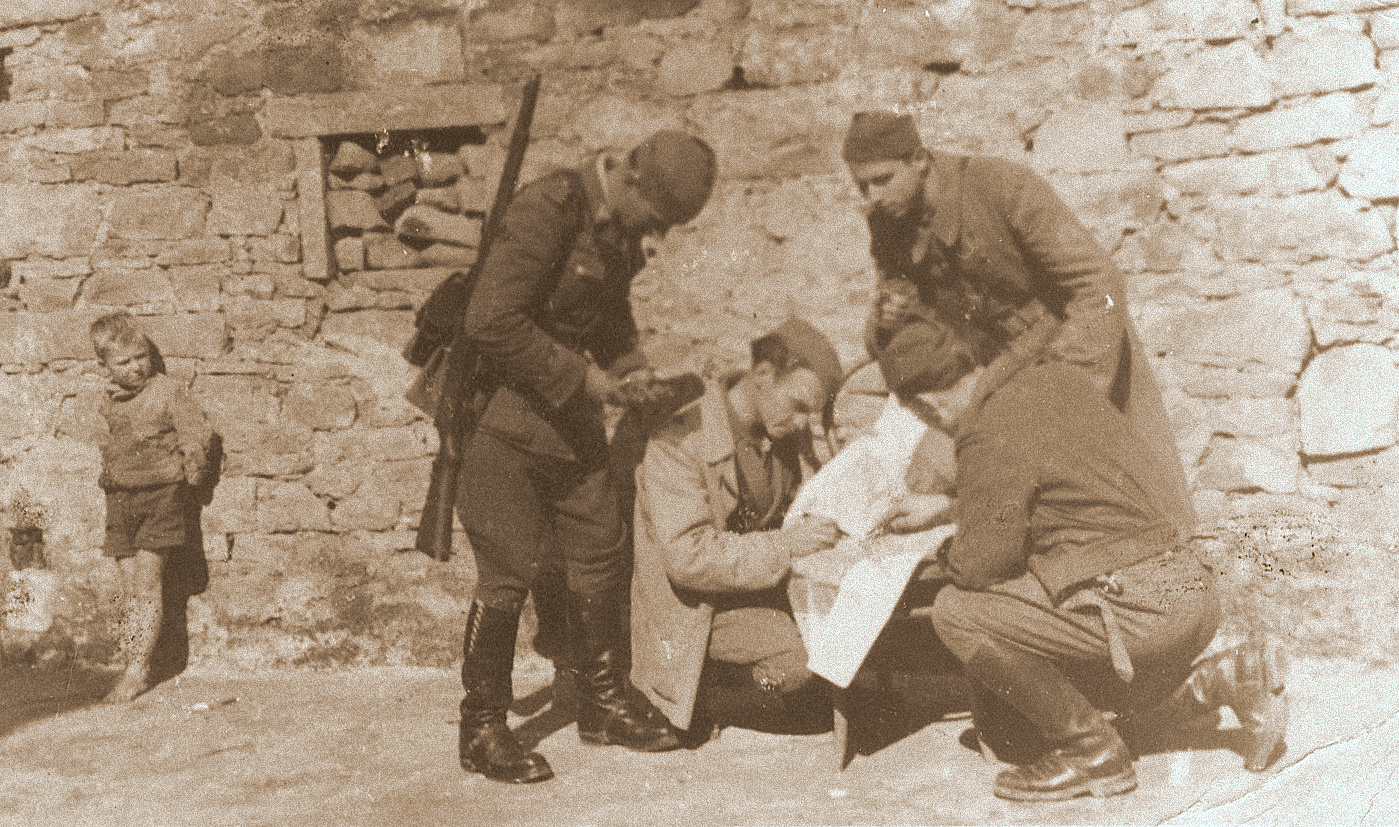 Tatre, June 1944 – members of the general staff plan new actions.
Tatre, June 1944 – members of the general staff plan new actions.
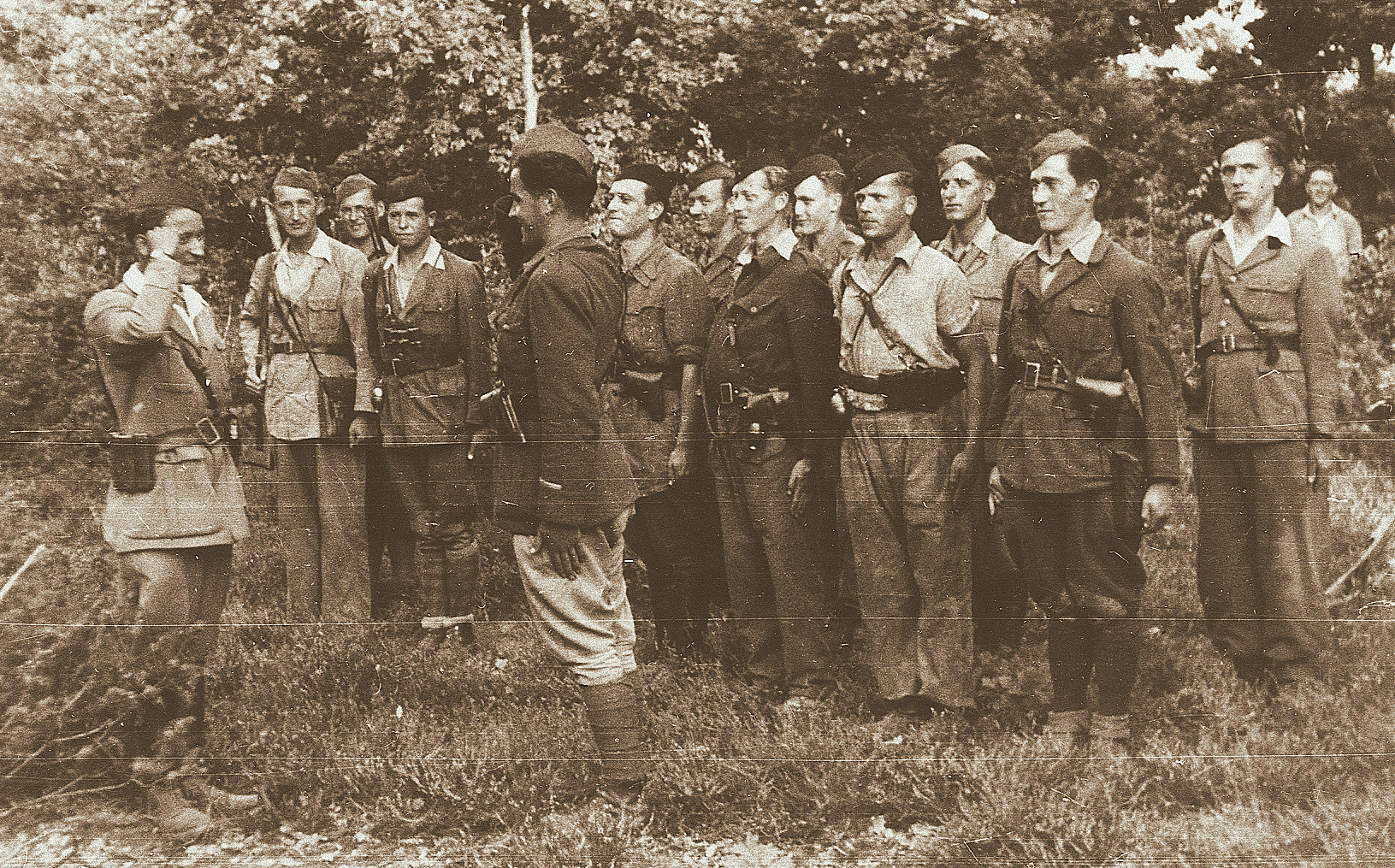 Intelligence platoon – making a report.
Intelligence platoon – making a report.
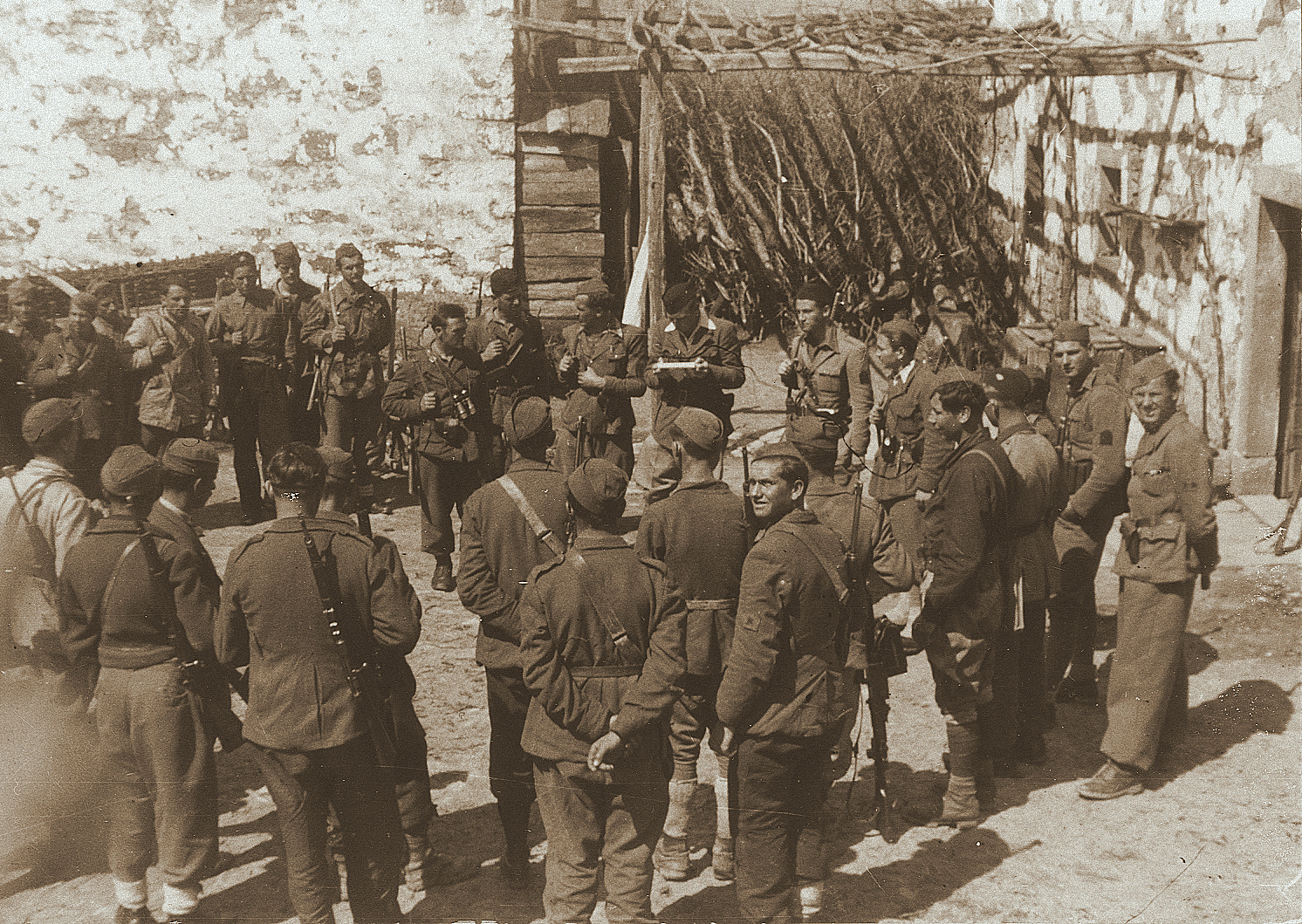 Kozjane, March 1944 – “political hour”.
Kozjane, March 1944 – “political hour”.
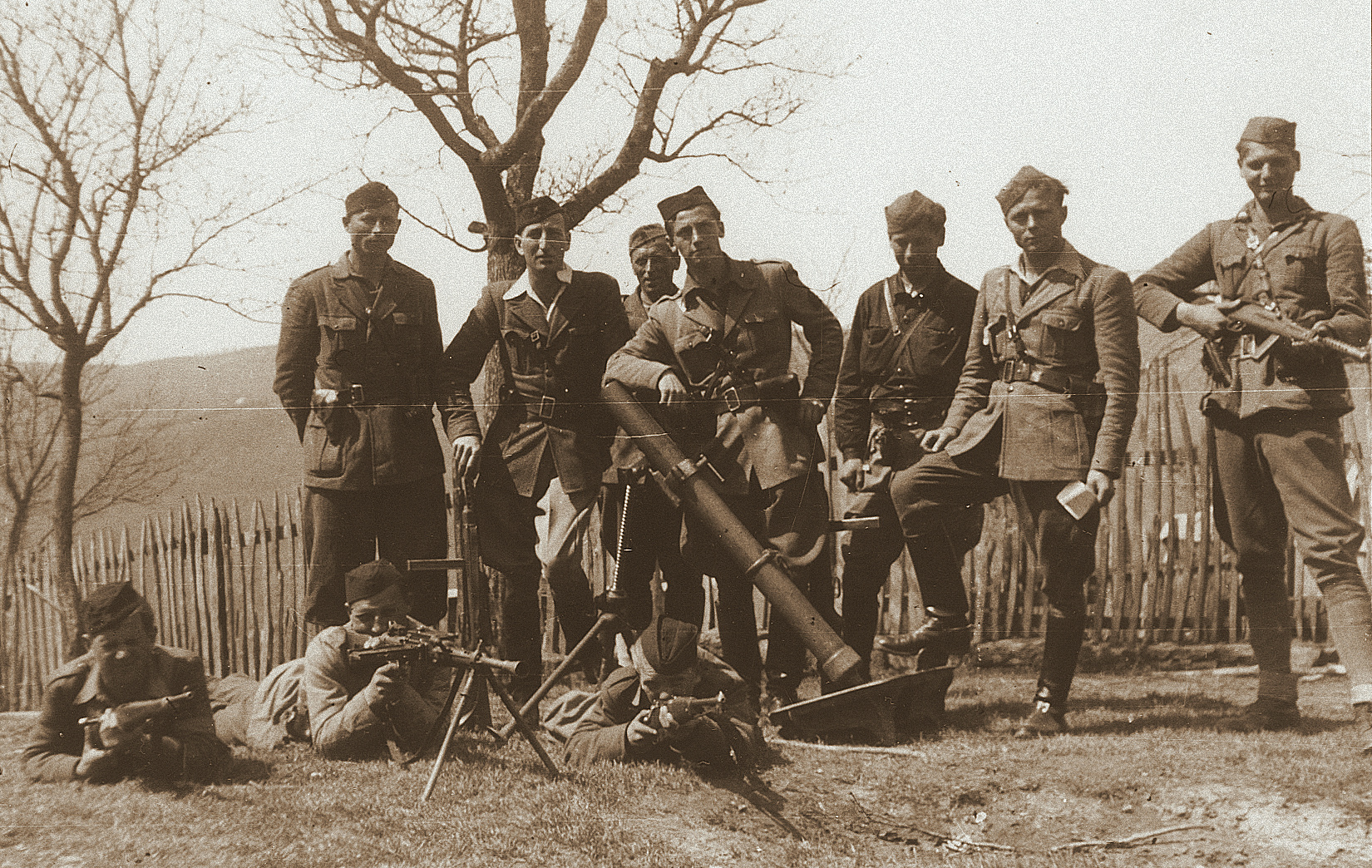 Kozjane, March 1944 – mortar training.
Kozjane, March 1944 – mortar training.
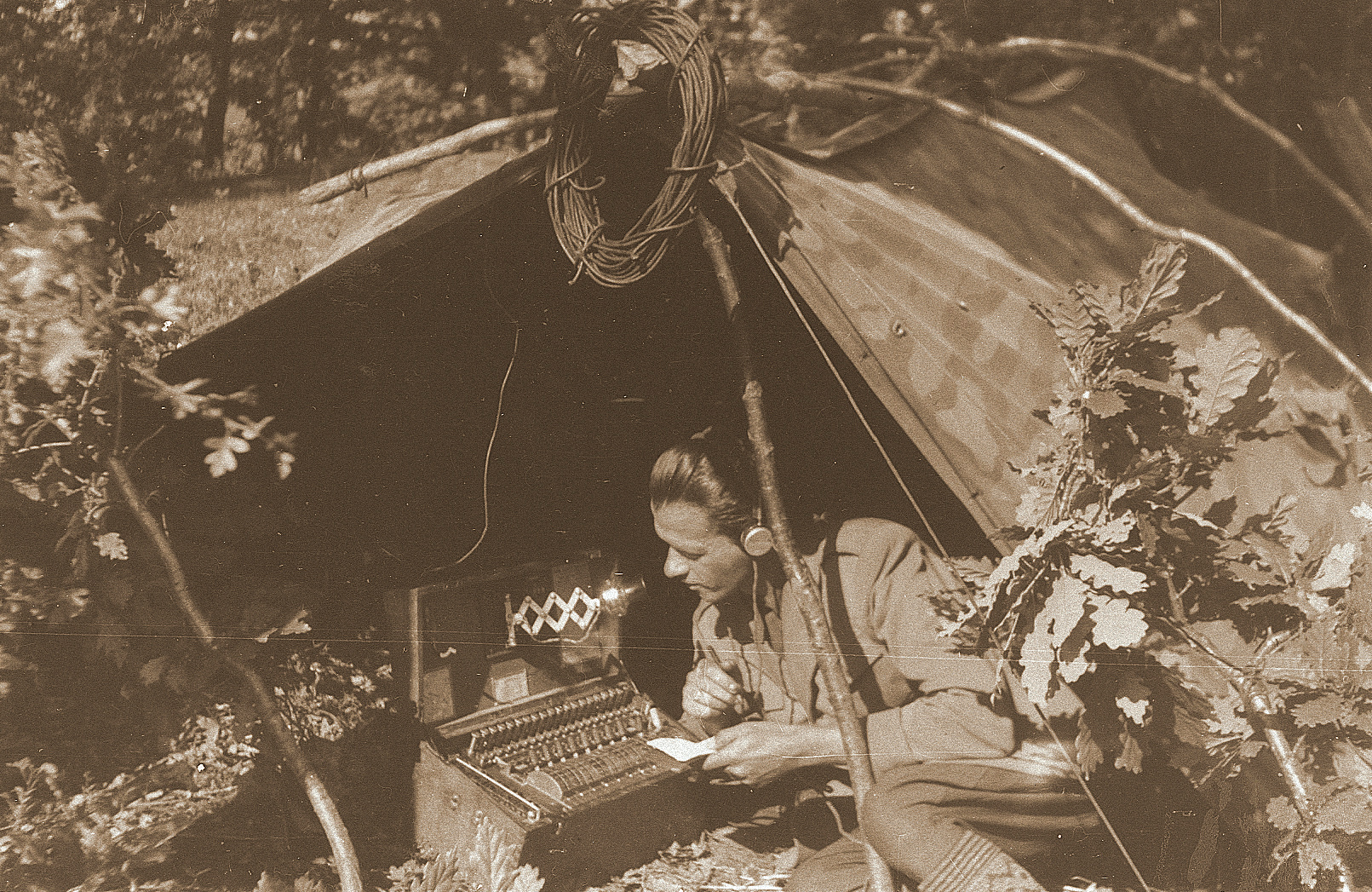 Artviže, April 1944 – communications platoon.
Artviže, April 1944 – communications platoon.
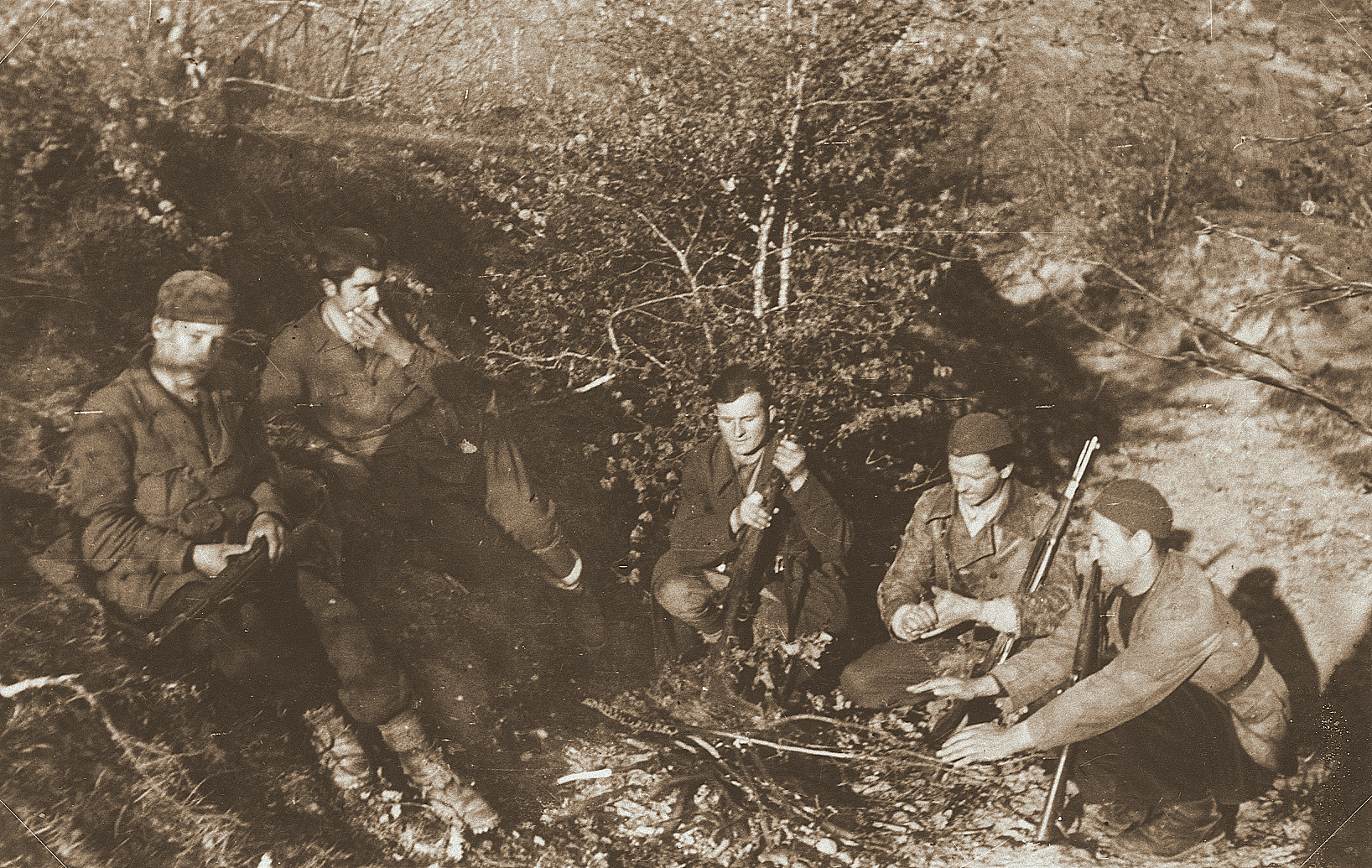 Artviže, April 1944 – around the campfire.
Artviže, April 1944 – around the campfire.
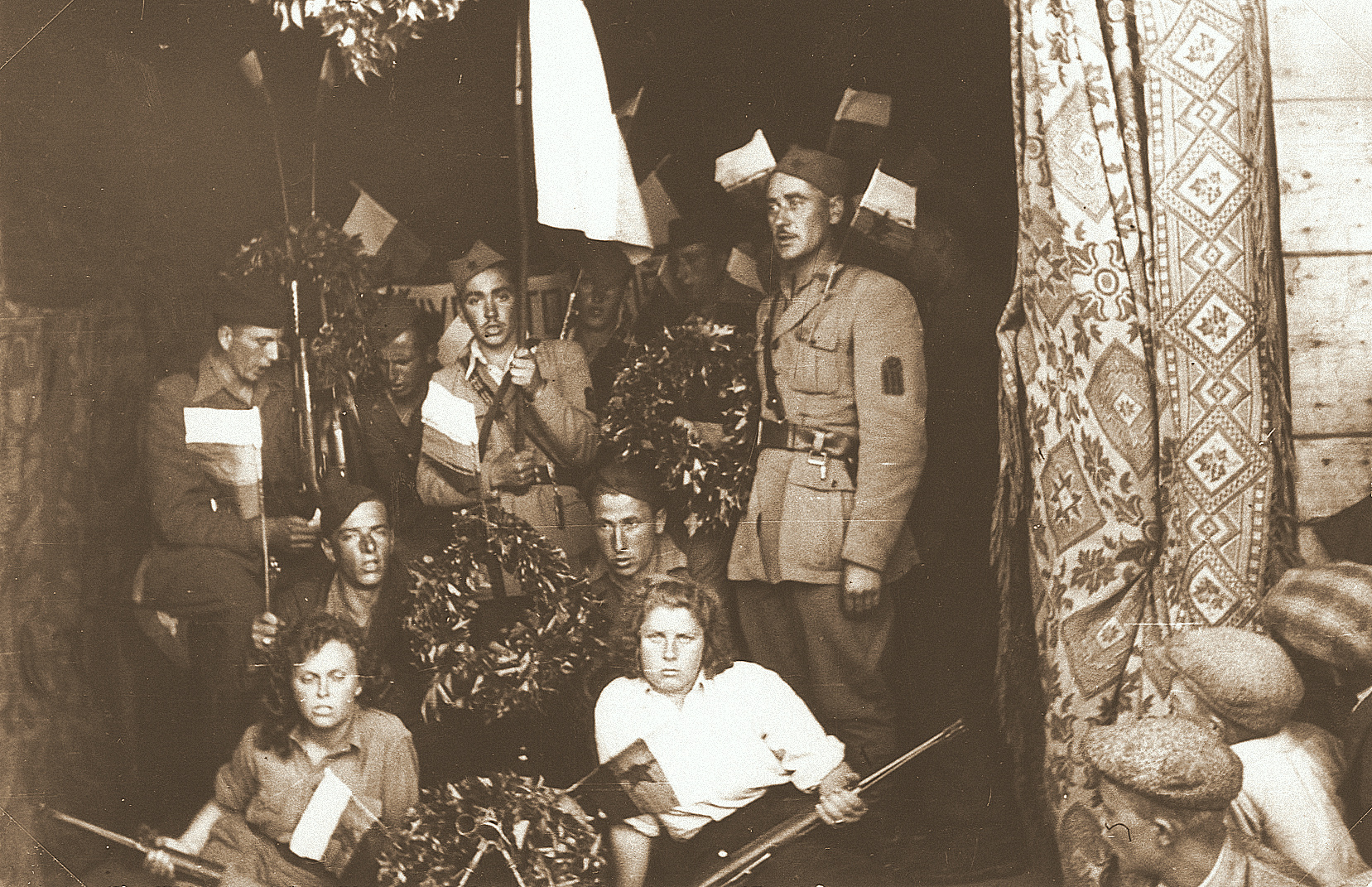 Mrše, summer 1944 – political rally. Fighters of the Istrian Detachment organised and participated in such meetings.
Mrše, summer 1944 – political rally. Fighters of the Istrian Detachment organised and participated in such meetings.
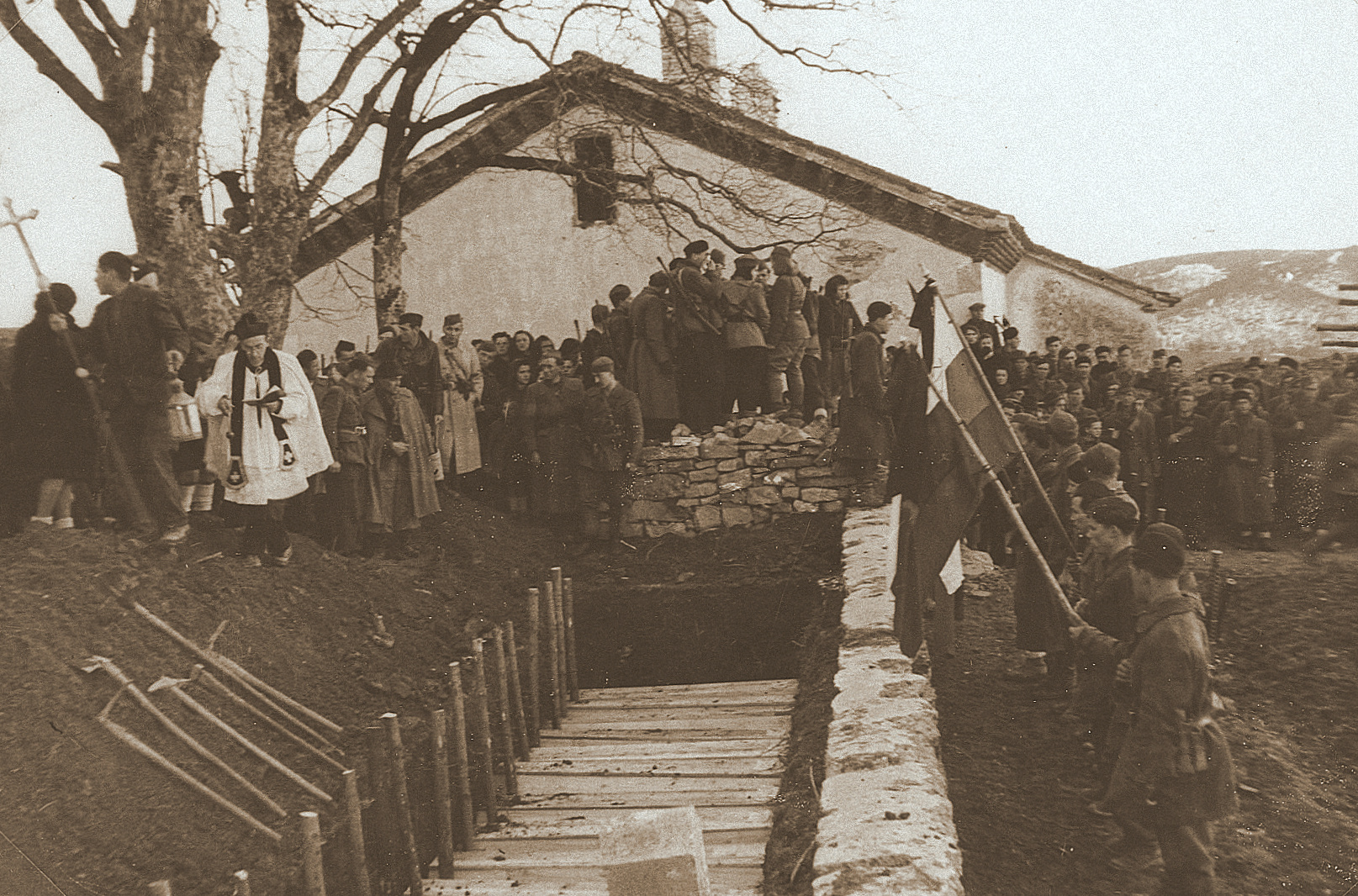 Ostrožno Brdo, 14 March 1944 – funeral of Istrian Detachment fighters killed two days earlier at Stara Sušica.
Ostrožno Brdo, 14 March 1944 – funeral of Istrian Detachment fighters killed two days earlier at Stara Sušica.
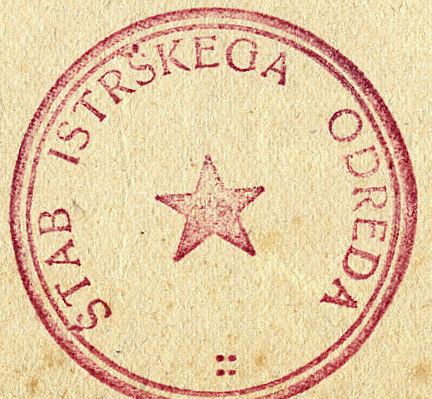
The ALMA VIVODA BATTALION was officially part of the 14th Trieste Garibaldi Assault Brigade. It was created on 20 March 1944 at Socerb and was named after a fallen activist from Muggia. For the most part it was composed of Italians from towns in Istria, mainly Muggia. It operated in the Slovene and Croatian parts of Istria and until November of that year was led by Mario Tul, alias Cicogna. The battalion was destroyed between Kučibreg and Topolovec during the German offensive on 25 November 1944.
Other Italian units that included Italians from Slovene Istria were active in the National Liberation Army and Partisan Detachments of Slovenia: the Natisone Division in northern Primorska and the 24th Garibaldi Brigade (Brigata Garibaldi Fontanot) in Dolenjska.
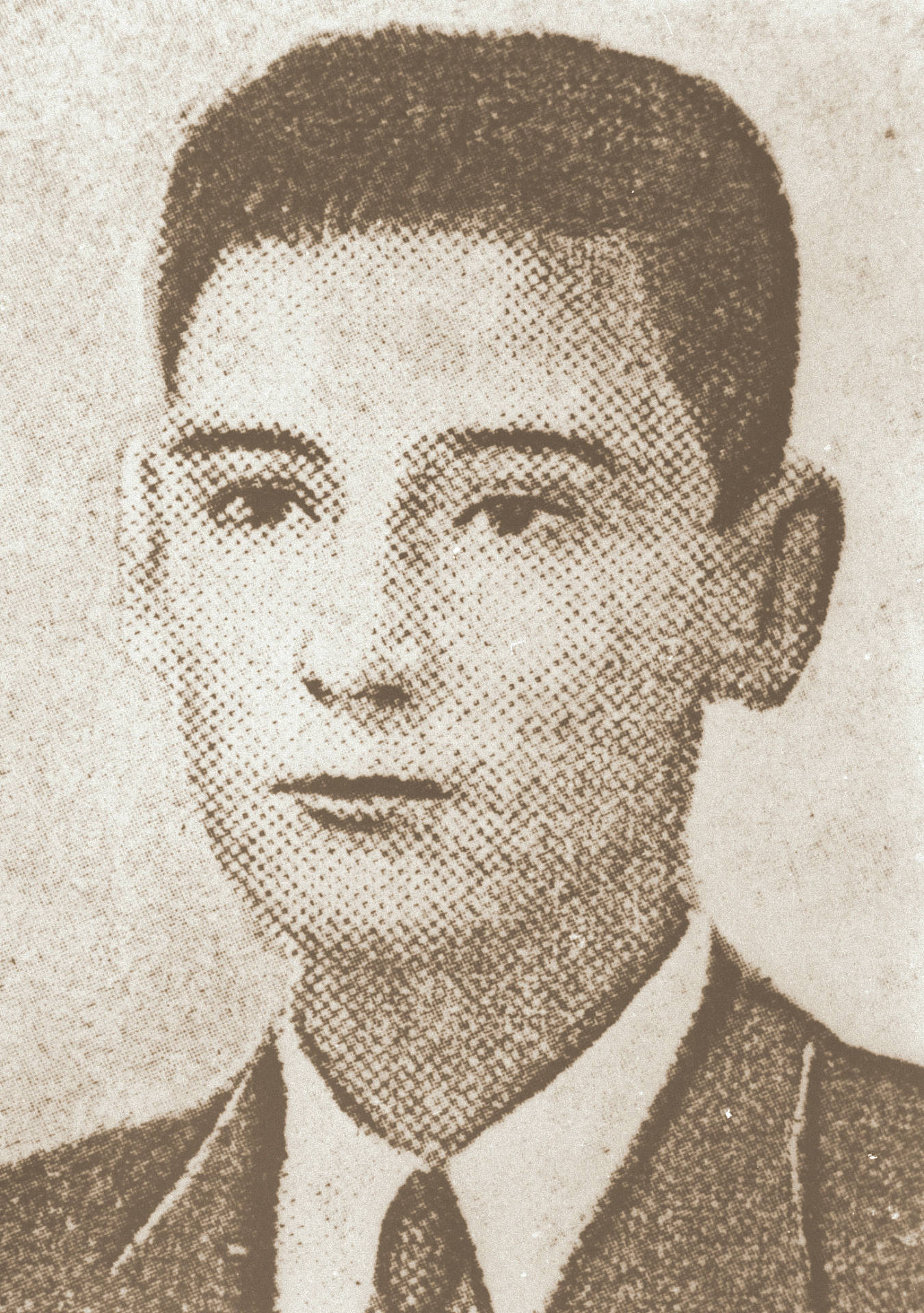 Flavio Lazzarini, deputy commander of the 3rd Battalion of the Istrian Detachment (Battaglione Giovanni Zol), fell in combat in Trsek on 28 March 1944.
Flavio Lazzarini, deputy commander of the 3rd Battalion of the Istrian Detachment (Battaglione Giovanni Zol), fell in combat in Trsek on 28 March 1944.
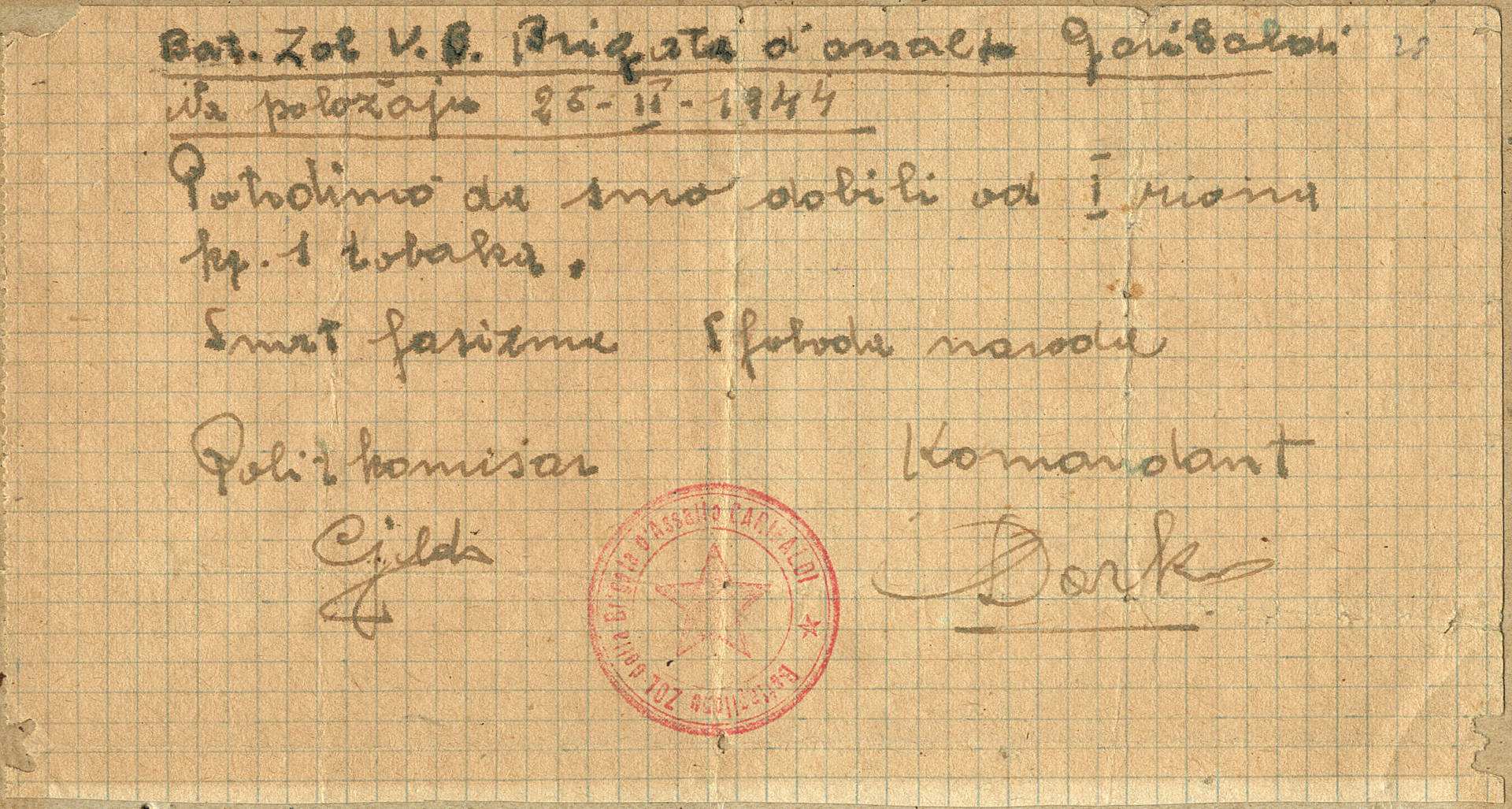 Call-up notice for the National Liberation Army of Slovenia. In the early months of 1944, mobilisation in Slovene Istria was carried out by the 3rd Battalion of the Istrian Detachment (Battaglione Giovanni Zol), also named “Darko’s Battalion”, after its commander.
Call-up notice for the National Liberation Army of Slovenia. In the early months of 1944, mobilisation in Slovene Istria was carried out by the 3rd Battalion of the Istrian Detachment (Battaglione Giovanni Zol), also named “Darko’s Battalion”, after its commander.
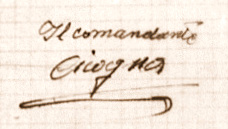
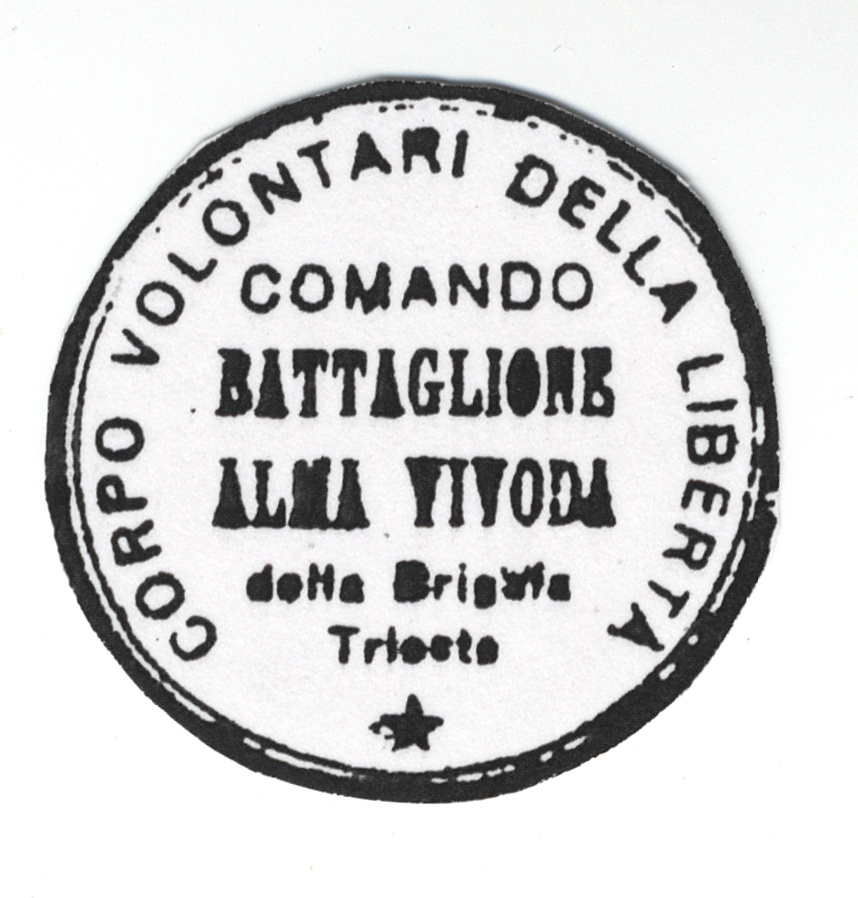
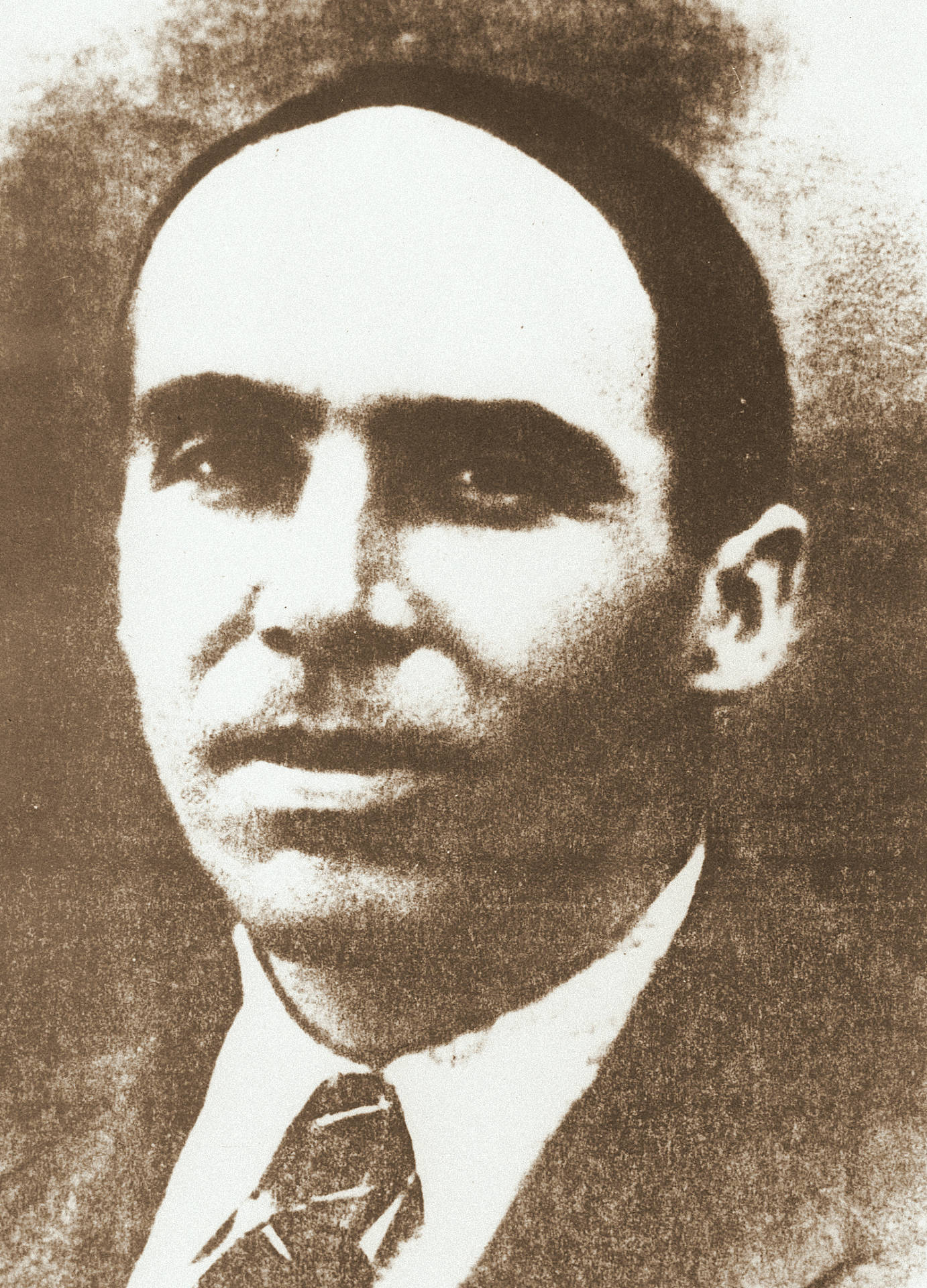 Paolo Zaccaria, alias Zaro, member of the Muggia GAP, last commander of the battalion from November 1944, killed in action in Hrvoji on 25 November 1944.
Paolo Zaccaria, alias Zaro, member of the Muggia GAP, last commander of the battalion from November 1944, killed in action in Hrvoji on 25 November 1944.
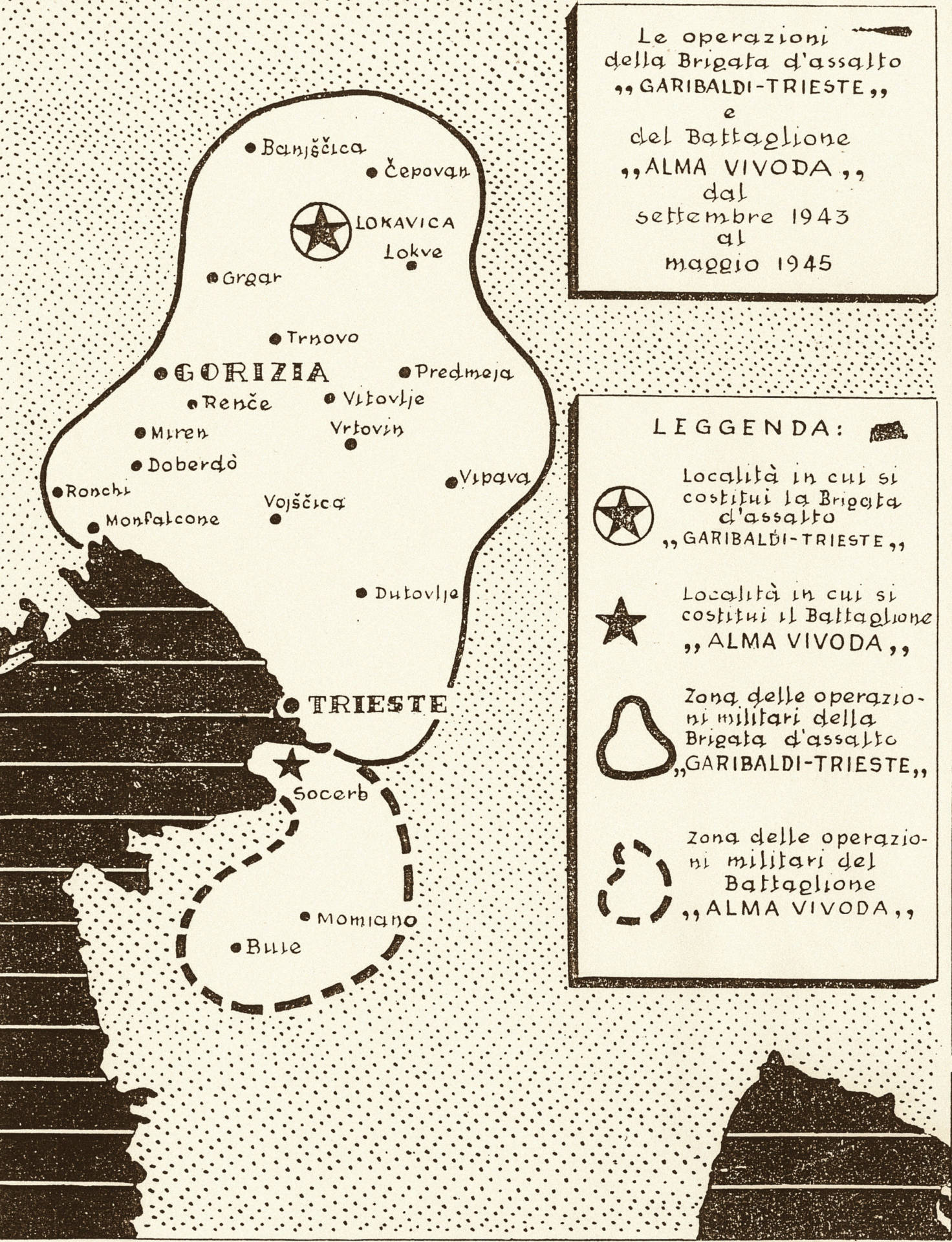 Area of operations of the Trieste Brigade and the Alma Vivoda Battalion.
Area of operations of the Trieste Brigade and the Alma Vivoda Battalion.
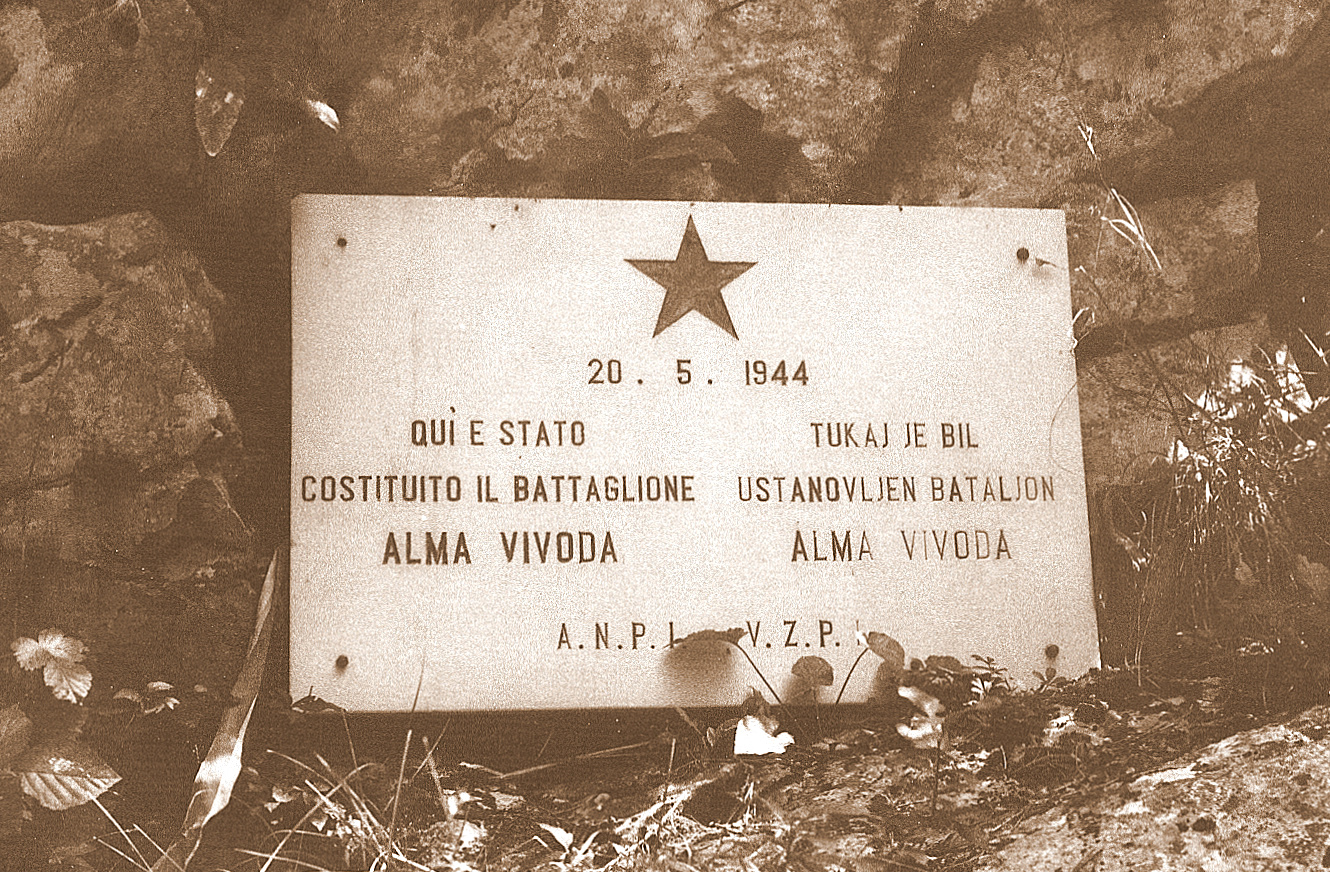 Plaque affixed to the entrance to Socerb Cave commemorating the creation of the Alma Vivoda Battalion.
Plaque affixed to the entrance to Socerb Cave commemorating the creation of the Alma Vivoda Battalion.
Varnostno-obveščevalne enote
A Security and Intelligence Service (VOS) was established in Slovene Istria in November 1943 and in the Brkini Hills in December of the same year. The principal tasks of the VOS were to detect informers, collect information on the enemy’s strength and movements, provide escorts for military commanders and activists and carry out commando raids and other military actions. A reorganisation was carried out in April 1944: the three VOS groups of the Southern Primorska district were formed into four companies of the 5th BATTALION OF THE 1ST BRIGADE OF THE STATE SECURITY ARMY (VDV). The Istrian group became the 1st Company and continued to operate in Slovene Istria. In mid-April the Internal Affairs Section (ONZ) was established, with district branches. Each DISTRICT BRANCH OF THE ONZ had its own intelligence and security service, known as PEOPLE’S PROTECTION. In August 1944 the ONZ was reorganised and the DEPARTMENT FOR THE PROTECTION OF THE PEOPLE (OZNA) was established, with representatives in the newly created districts.
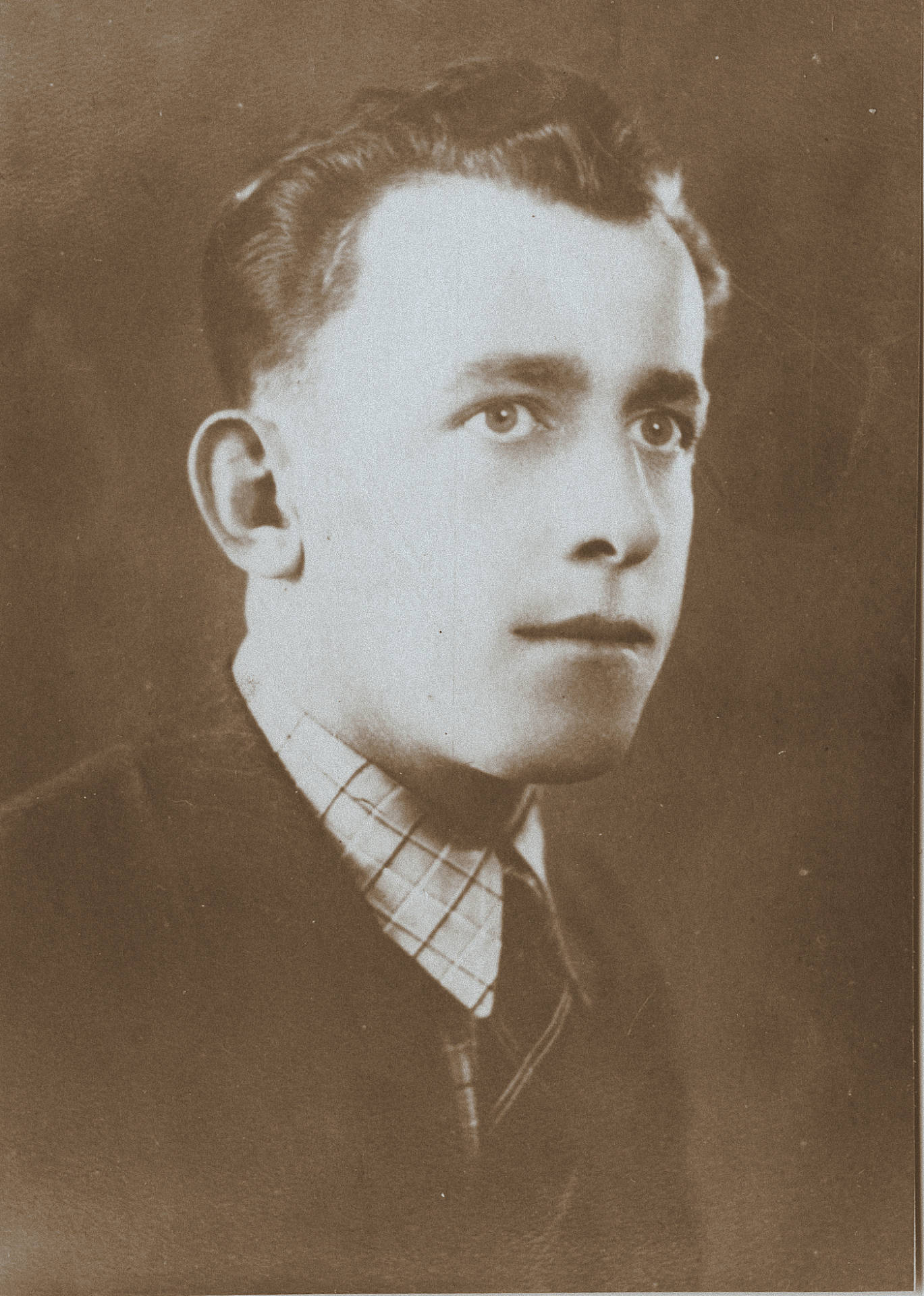 Ivan Zidar, alias Veljko, first head of the district commission of the VOS for the Brkini area, captured in Brezovo Brdo in January 1944 and hanged.
Ivan Zidar, alias Veljko, first head of the district commission of the VOS for the Brkini area, captured in Brezovo Brdo in January 1944 and hanged.
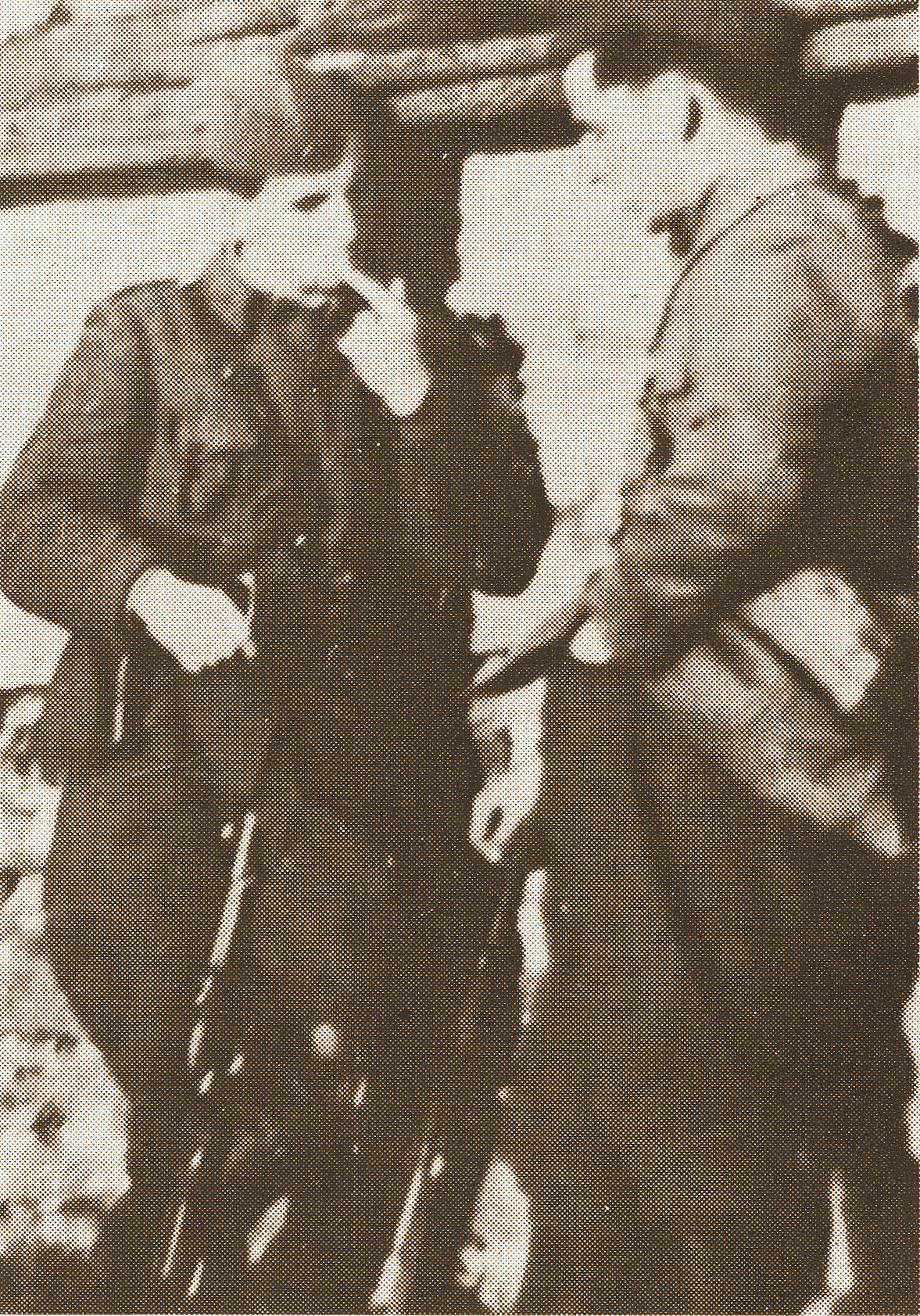 Albert Gruden, alias Blisk, commander of the security personnel of the district commission of the VOS for Slovene Istria, then deputy commander of the 5th Battalion of the 1st Brigade of the VDV, and Vidko Hlaj, alias Stane Grčar, head of the southern centre of the regional commission of the VOS for Primorska.
Albert Gruden, alias Blisk, commander of the security personnel of the district commission of the VOS for Slovene Istria, then deputy commander of the 5th Battalion of the 1st Brigade of the VDV, and Vidko Hlaj, alias Stane Grčar, head of the southern centre of the regional commission of the VOS for Primorska.
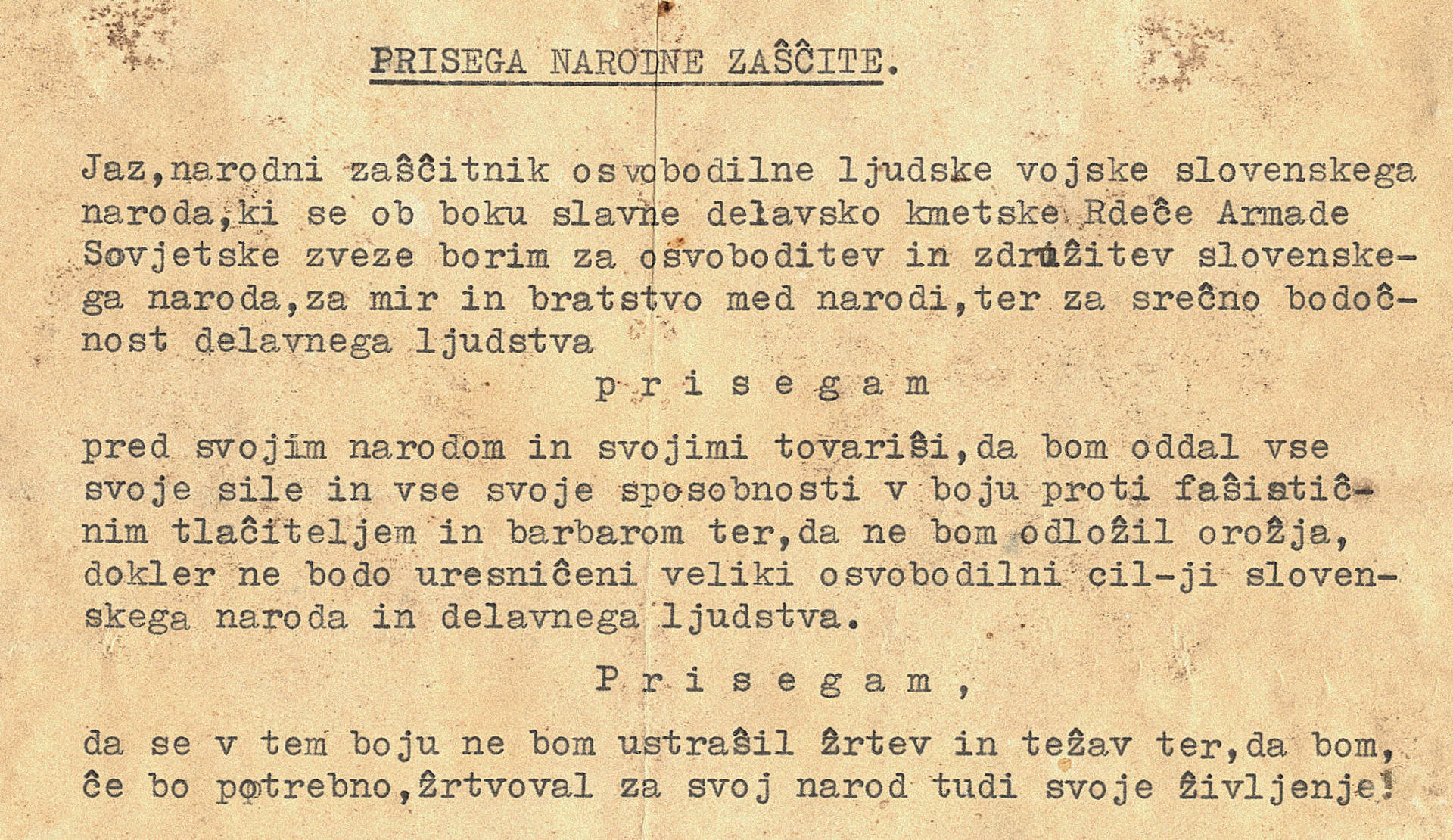 Oath of members of the People’s Protection.
Oath of members of the People’s Protection.
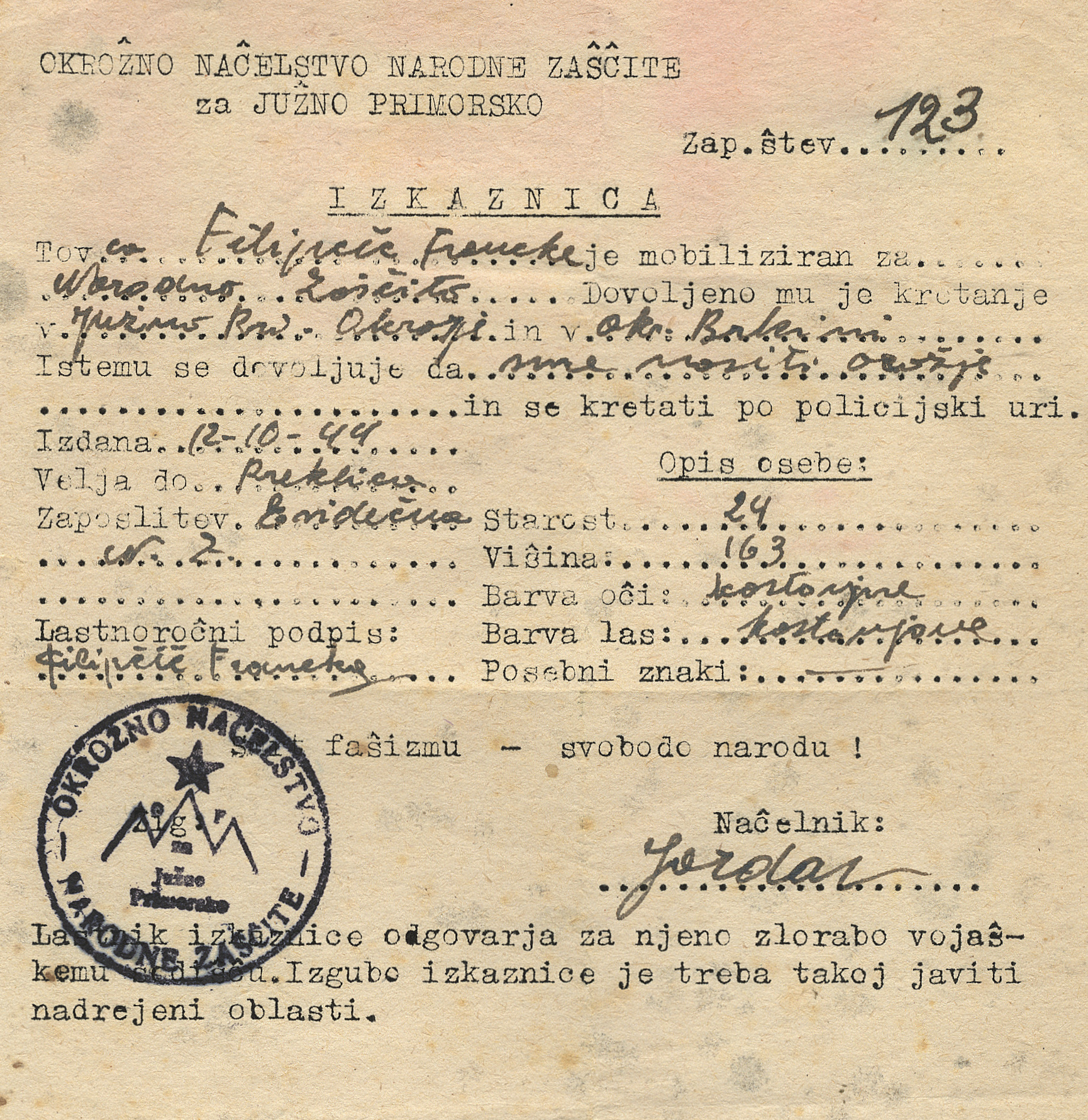 Identity card.
Identity card.
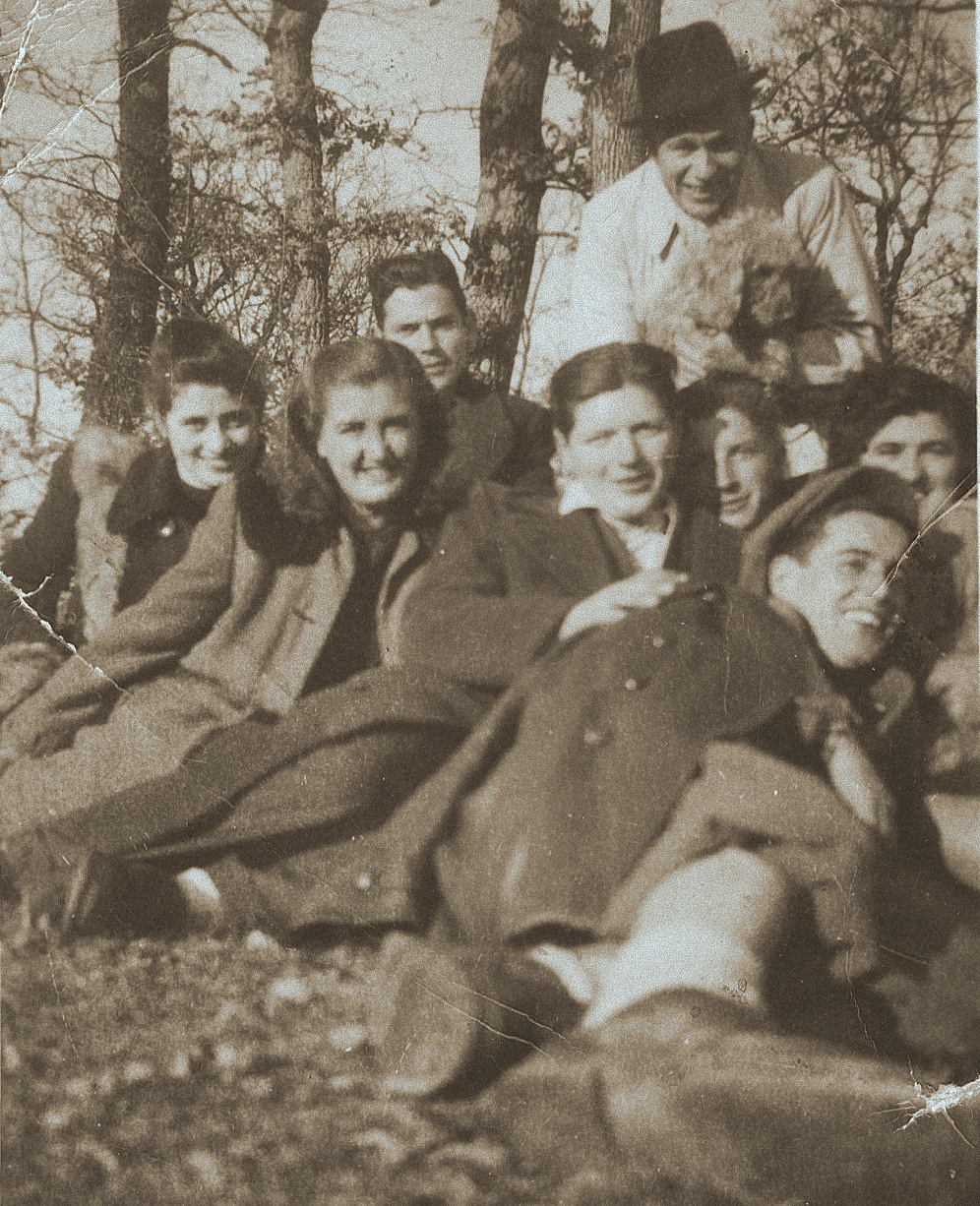 Members of the VOS for Slovene Istria, among them Danilo Petrinja, alias Primož, responsible for the intelligence service, and Ivan Grzetič, alias Žitomir, the head of the district commission of the VOS.
Members of the VOS for Slovene Istria, among them Danilo Petrinja, alias Primož, responsible for the intelligence service, and Ivan Grzetič, alias Žitomir, the head of the district commission of the VOS.
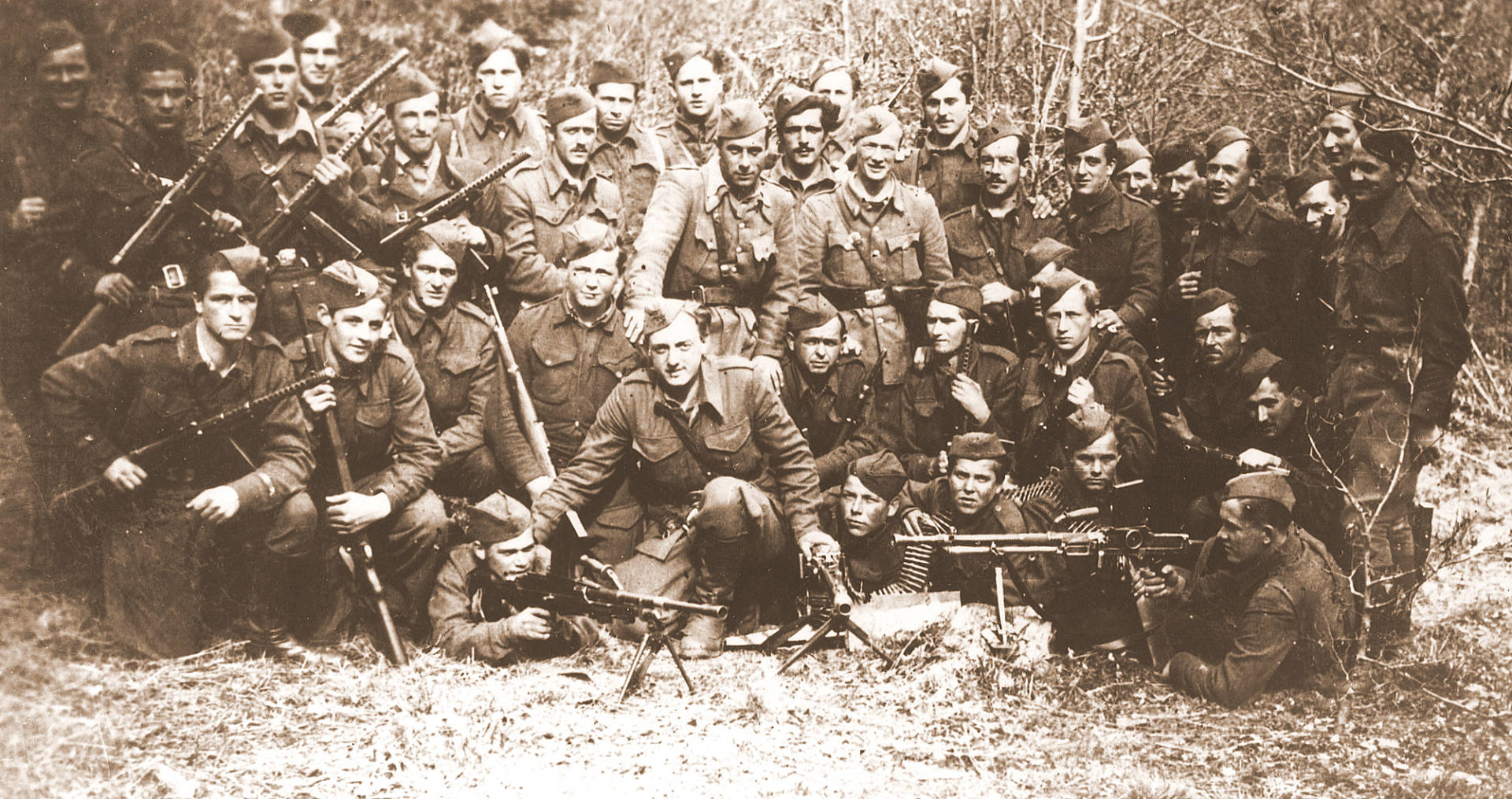 Part of the 5th Battalion of the 1st Brigade of the VDV above Volče.
Part of the 5th Battalion of the 1st Brigade of the VDV above Volče.
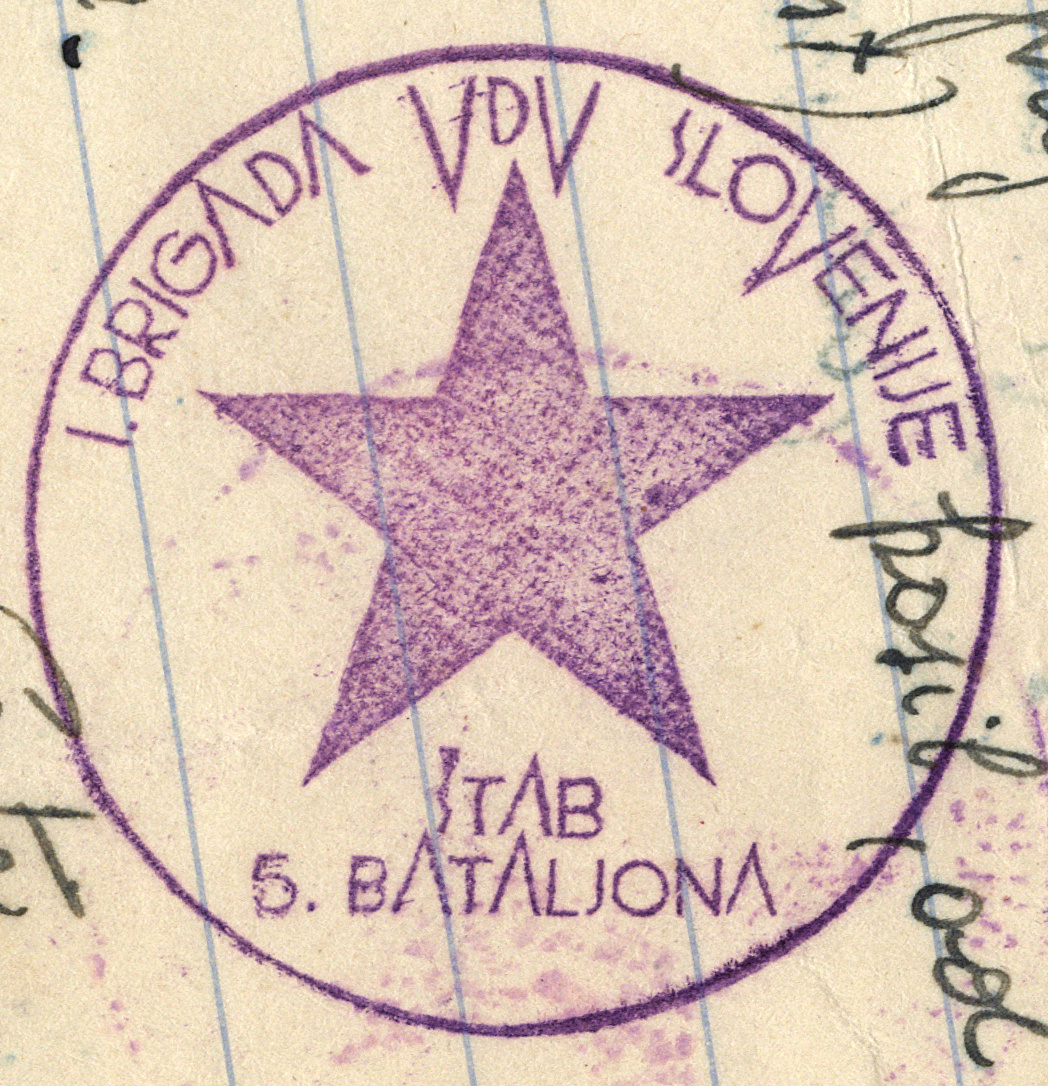
Final operations
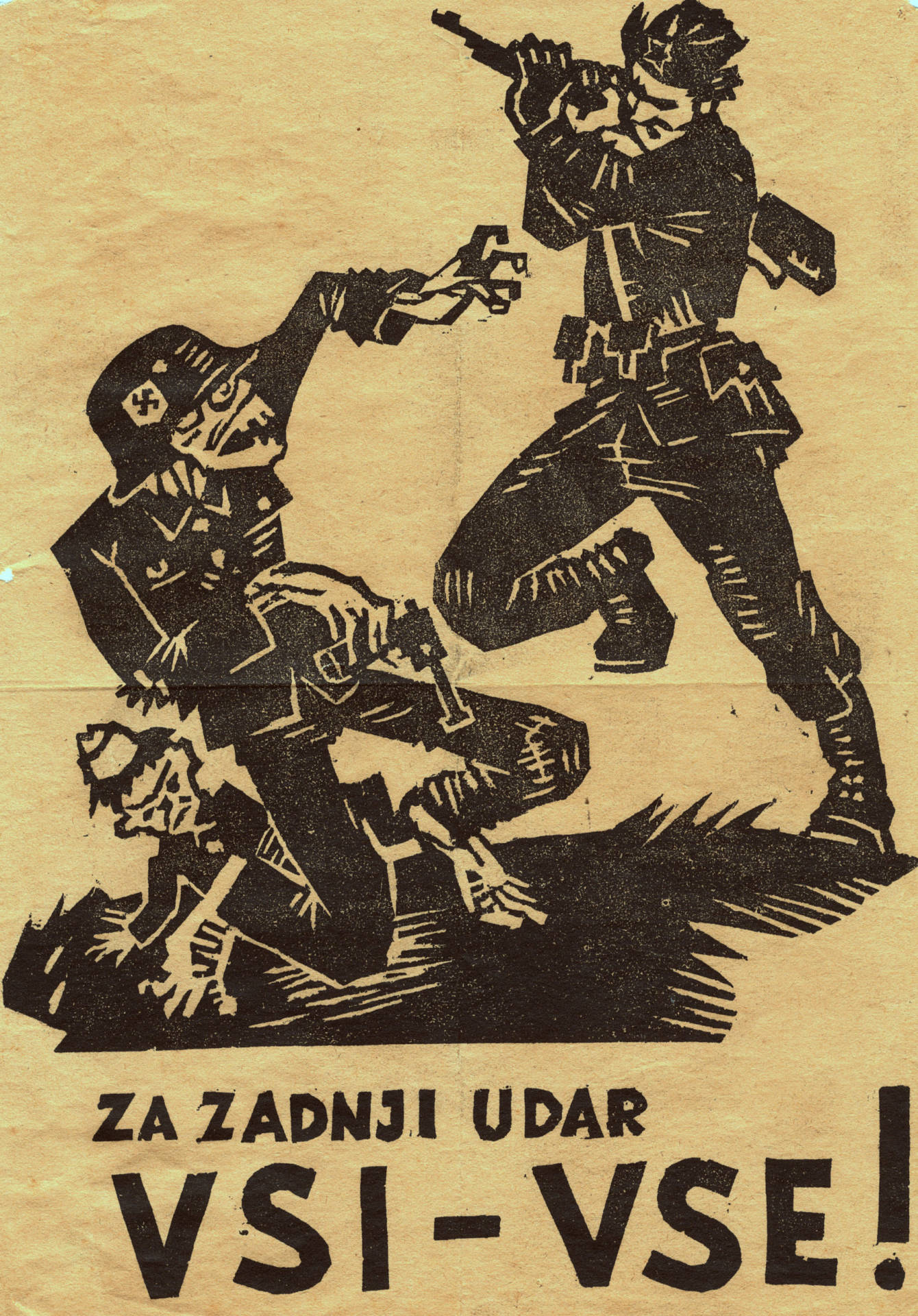
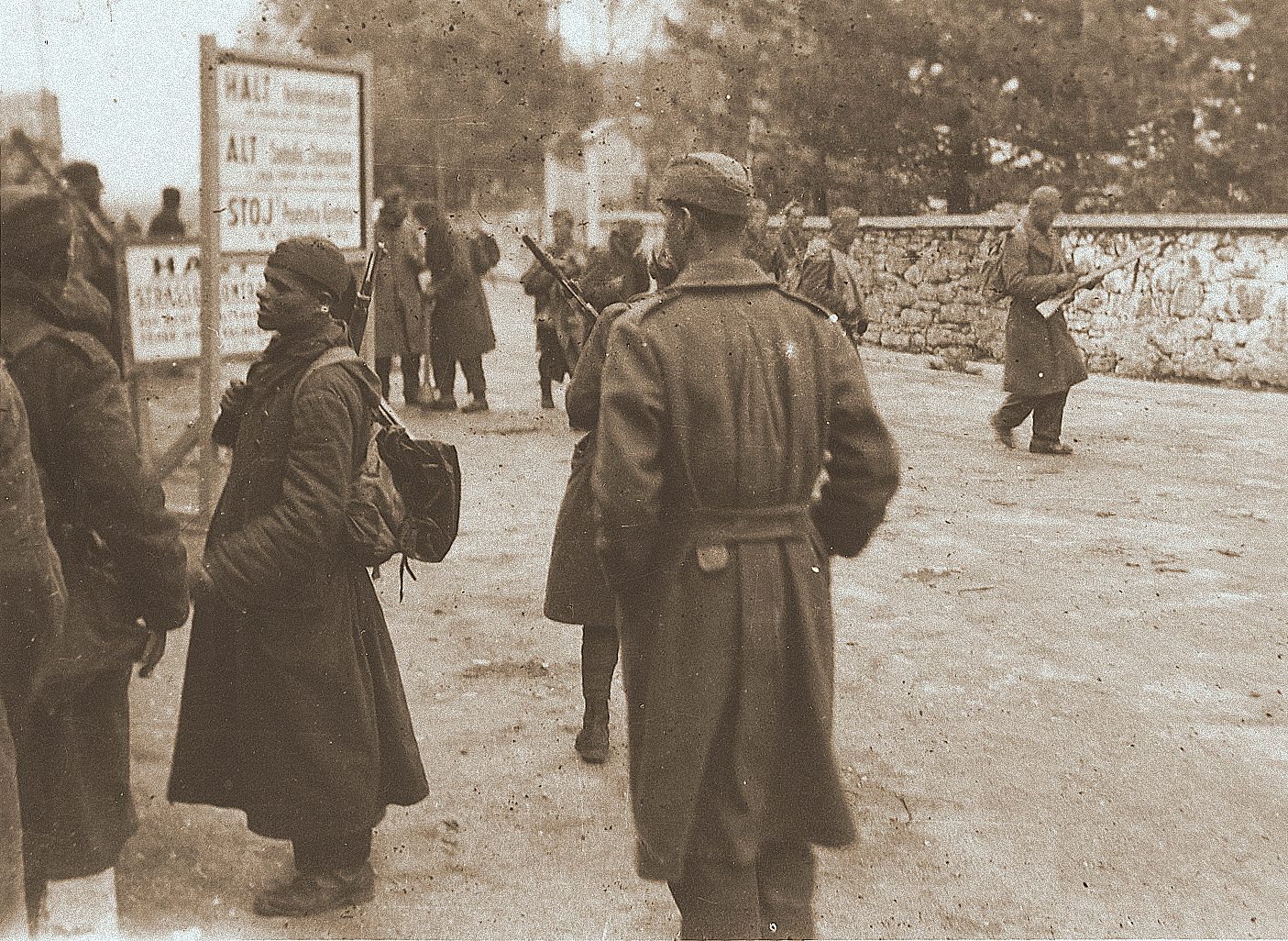 Fighters of the 4th Yugoslav Army in liberated Ilirska Bistrica.
Fighters of the 4th Yugoslav Army in liberated Ilirska Bistrica.
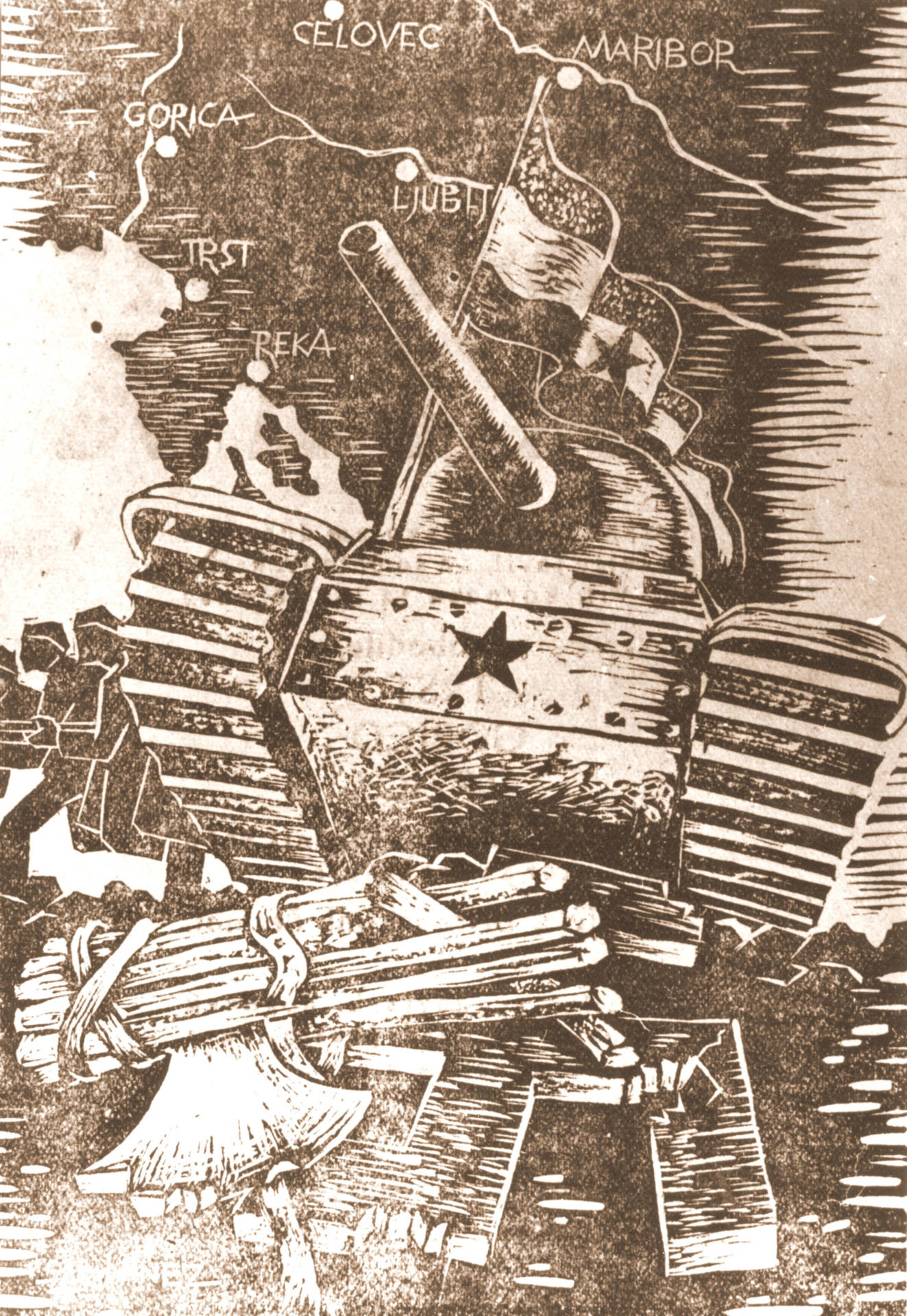
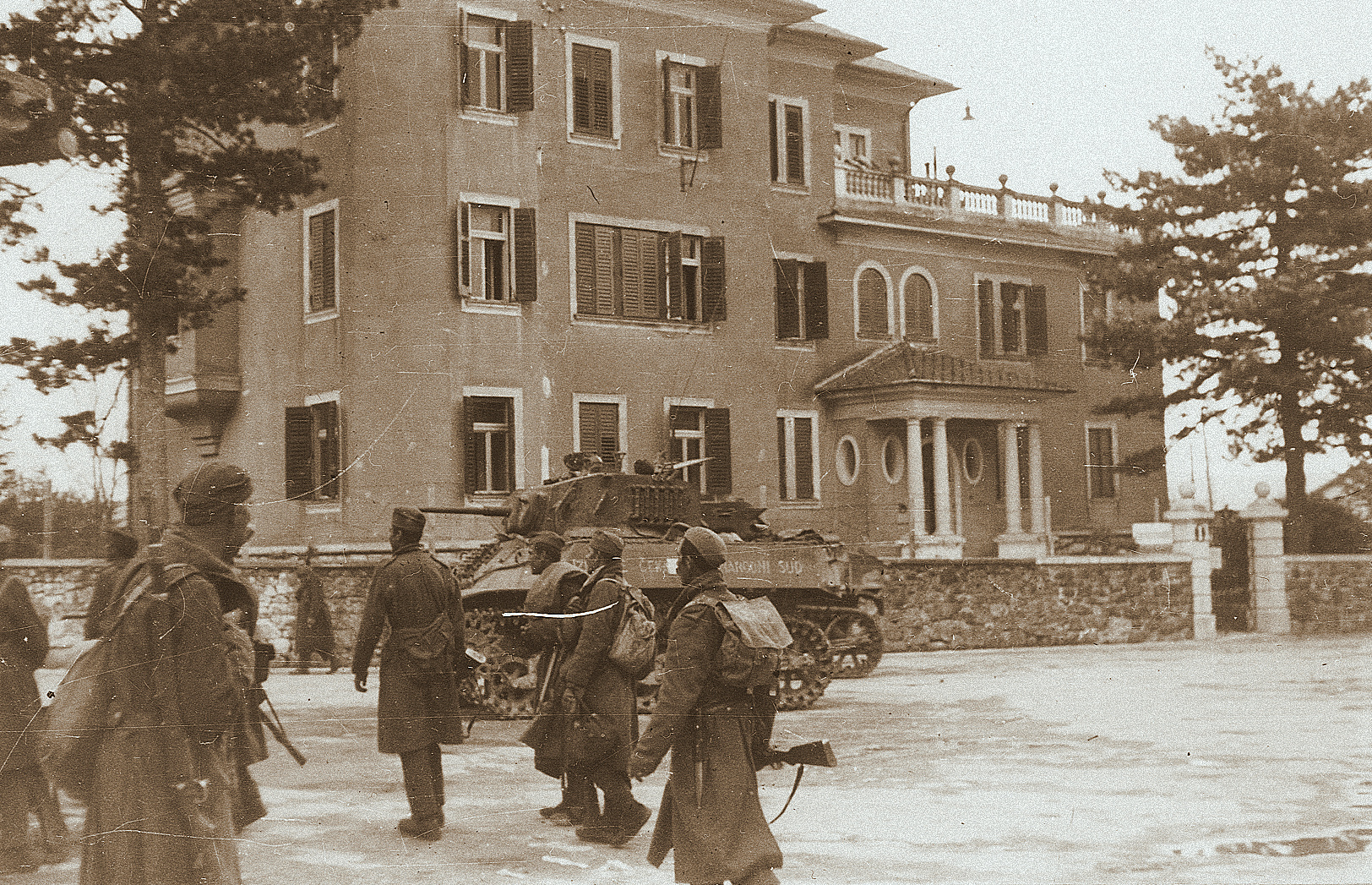 Fighters of the 4th Yugoslav Army in liberated Ilirska Bistrica.
Fighters of the 4th Yugoslav Army in liberated Ilirska Bistrica.
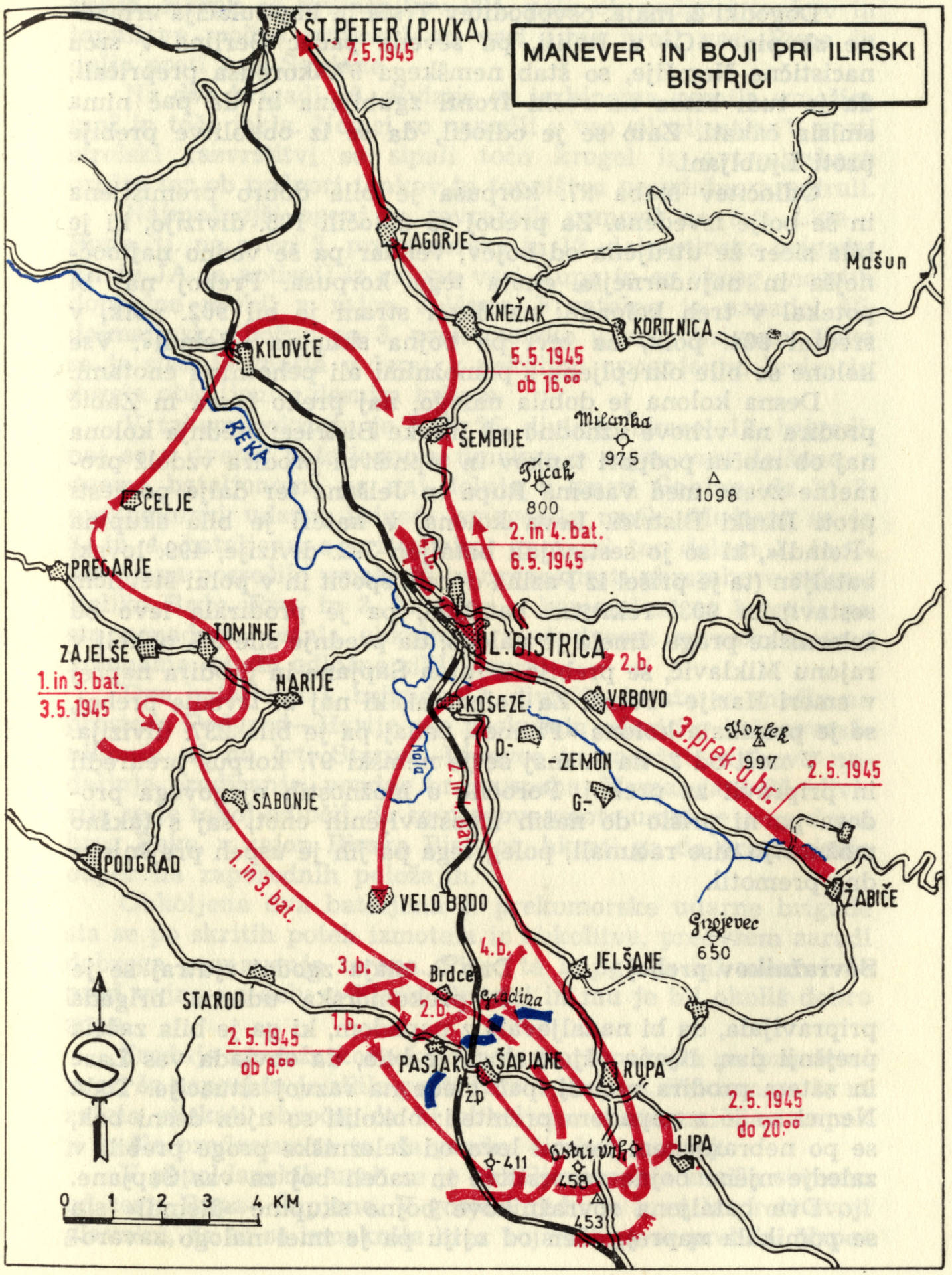 Final operations near Ilirska Bistrica.
Final operations near Ilirska Bistrica.
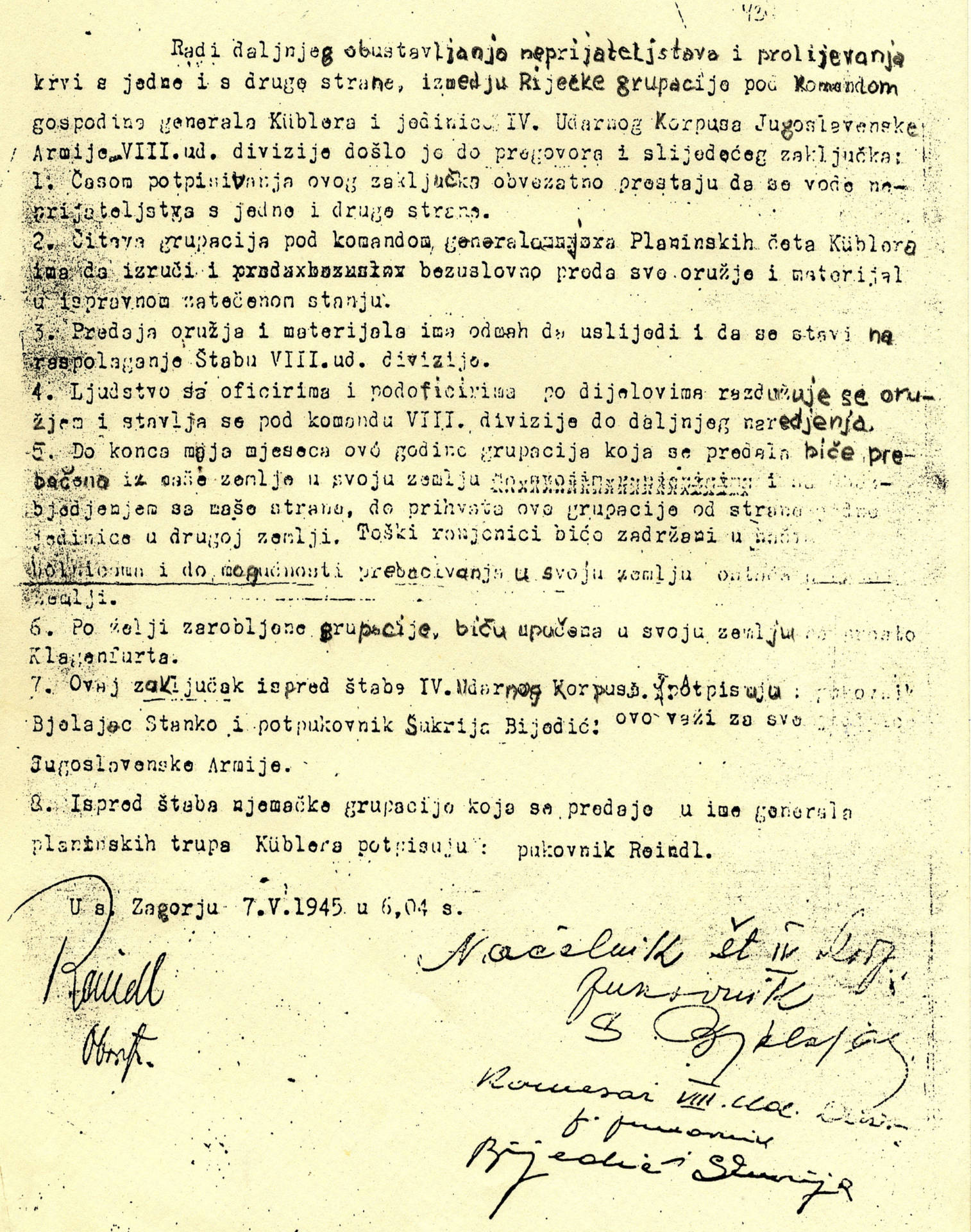 German forces in the area signed an unconditional surrender in Zagorje on 7 May 1945.
German forces in the area signed an unconditional surrender in Zagorje on 7 May 1945.
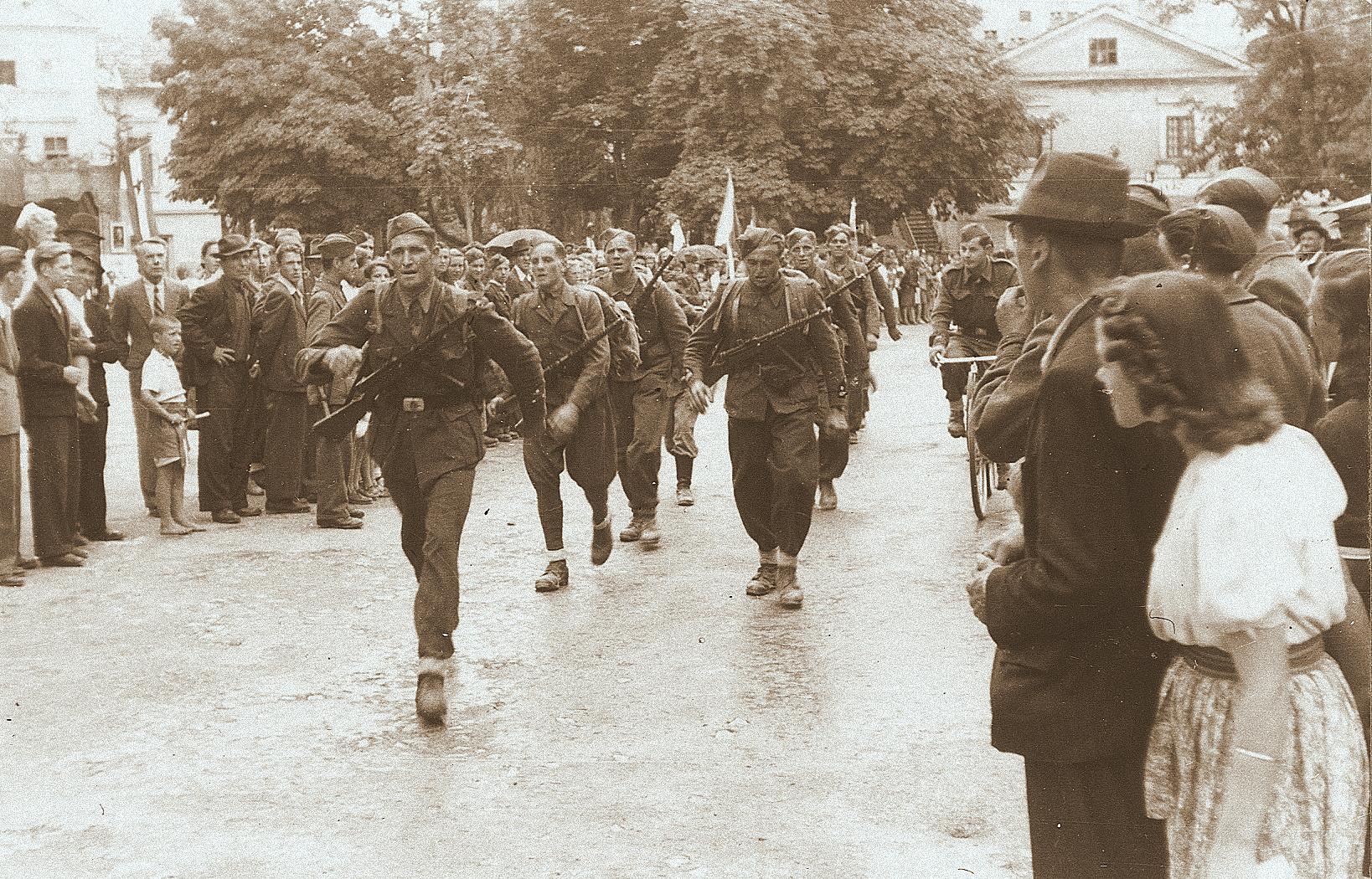 Members of the People’s Defence Corps of Yugoslavia (KNOJ) in liberated Ilirska Bistrica.
Members of the People’s Defence Corps of Yugoslavia (KNOJ) in liberated Ilirska Bistrica.
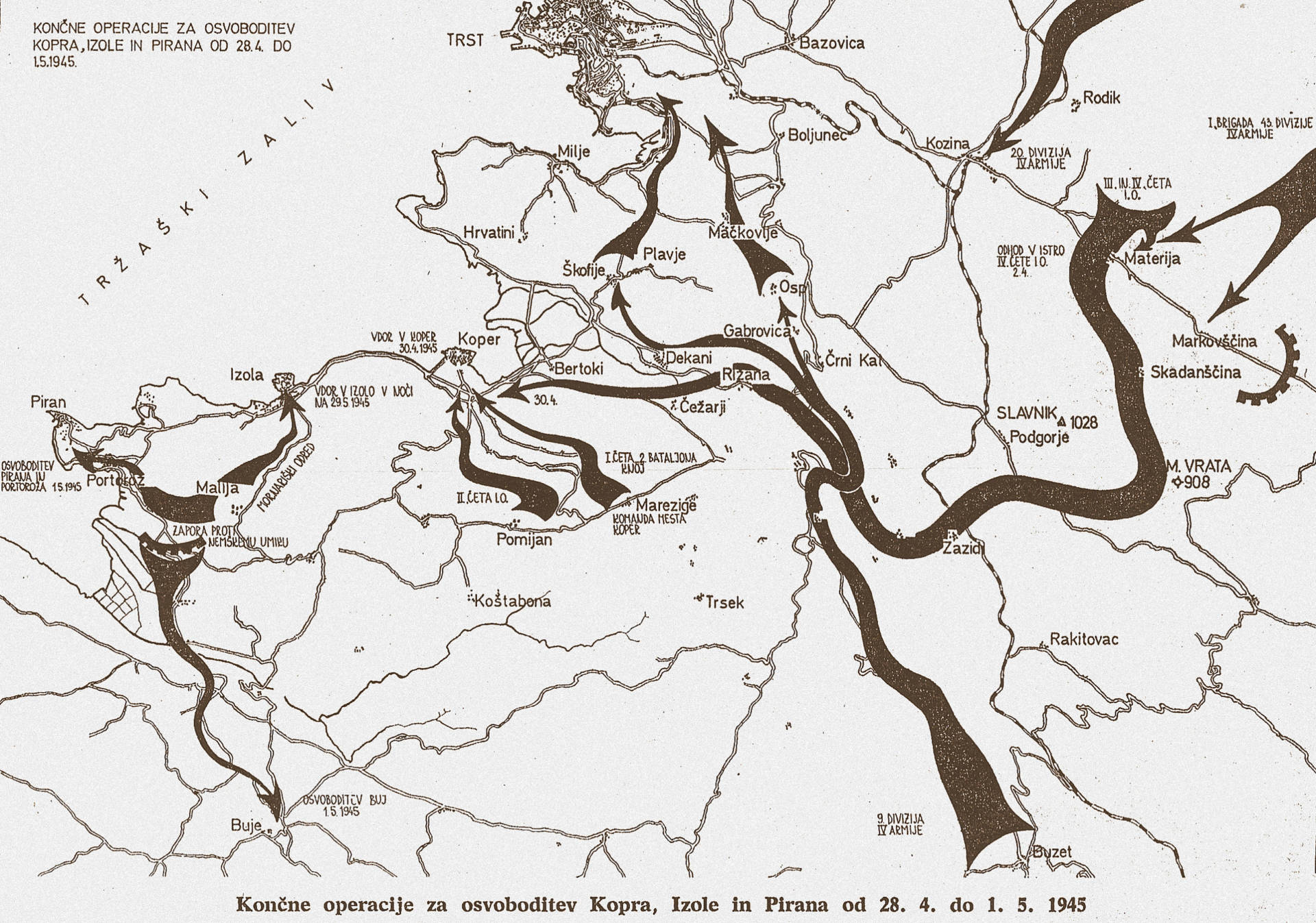 Final operations for the liberation of Slovene Istria.
Final operations for the liberation of Slovene Istria.
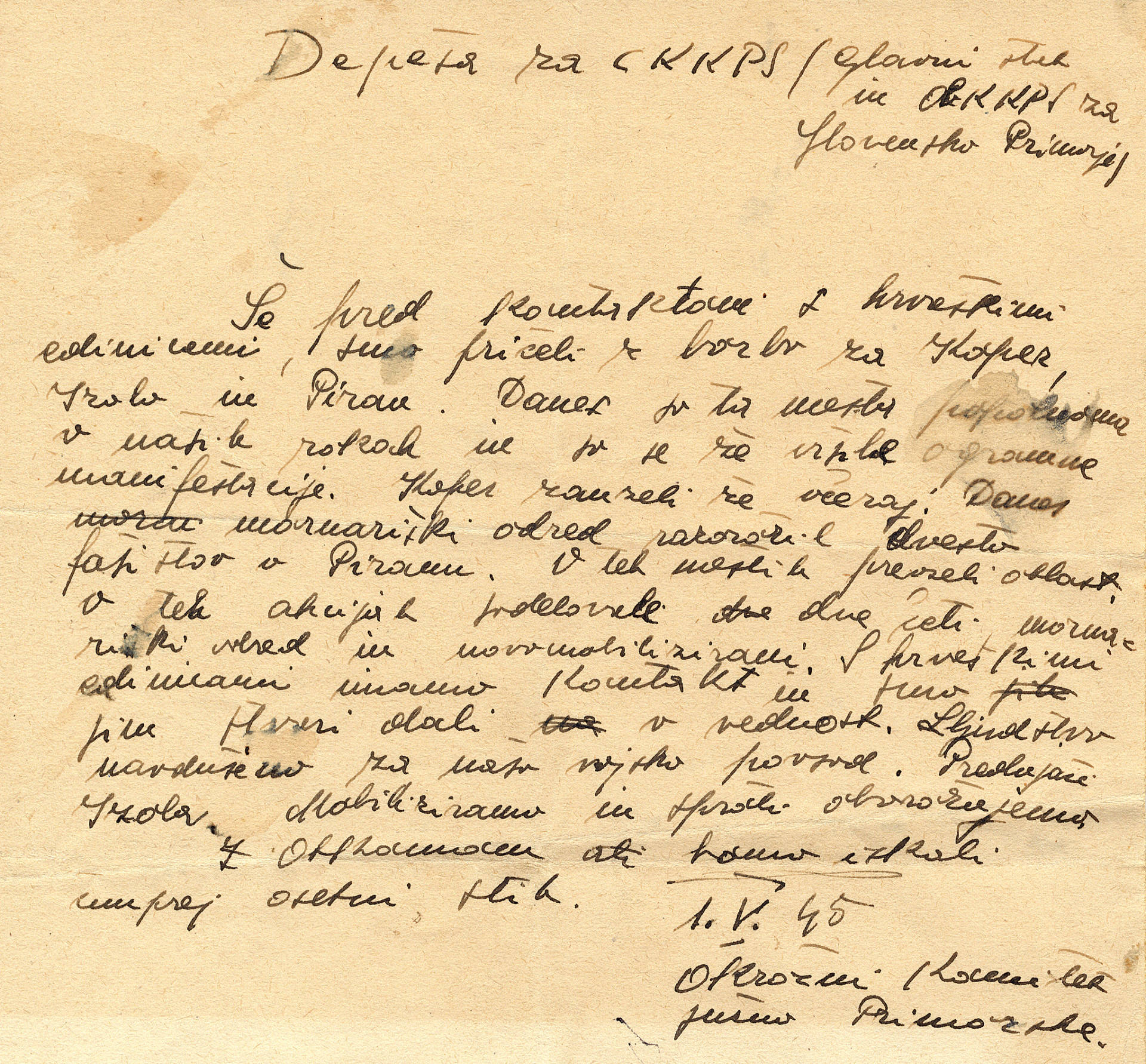 Dispatch of the district committee for the Southern Primorska district on the occupation of the coastal towns.
Dispatch of the district committee for the Southern Primorska district on the occupation of the coastal towns.
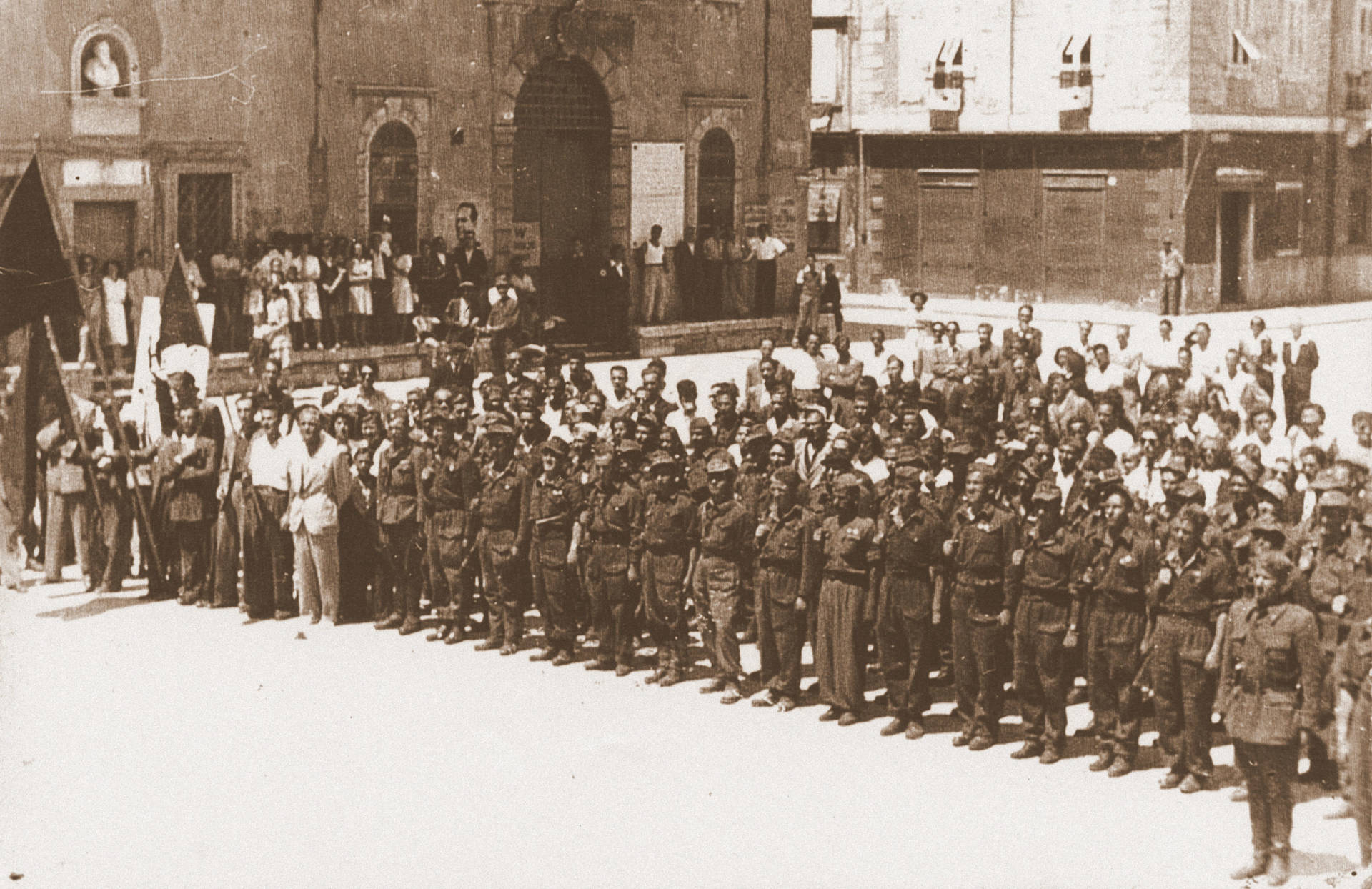 Fighters of the Koper City Command, the 4th Battalion of the Basovizza Brigade and the 2nd Brigade of KNOJ in Koper in early May 1945.
Fighters of the Koper City Command, the 4th Battalion of the Basovizza Brigade and the 2nd Brigade of KNOJ in Koper in early May 1945.
